
A heart attack is a medical emergency that prevents blood from reaching the heart due to a loss of blood flow to the heart. This usually occurs due to a blockage in the coronary artery that feeds the heart muscle. Another name for it is myocardial infarction, or myocardial infarction. The risk of heart attack increases after men reach the age of 45, and for women, after reaching the age of 55.
Symptoms of a heart attack
The symptoms and severity of a heart attack may differ from one person to another, and symptoms may differ between men and women. Some may suffer from a sudden heart attack without showing symptoms, which is known as a silent heart attack. However, among the most common symptoms are the following:
Chest pain, usually in the middle or left side of the chest
Pain in the jaw, neck, back, shoulder, or arms
hard breathing
pallor
cold sweats
cough
Nausea or vomiting
Insomnia
sudden dizziness
The causes of a heart attack are among the most important causes of a heart attack:
1. Arterial blockage
Blockage of one or more coronary arteries is the main cause of most heart attacks, as a result of the formation of plaques and formed from fatty deposits, including cholesterol, in the coronary arteries, which perform the task of nourishing the heart, as the plaques break down causing blood clots, which may eventually lead to damage to part of the muscle the heart.
2. Coronary artery spasm
Coronary artery spasm (a spasm of a coronary artery) is a temporary narrowing of the wall of an artery that may cause blood to stop or reduced flow to part of the heart muscle. Although it is an uncommon cause, it may occur as a result of several factors such as tobacco use, and narcotics such as cocaine.
3. Corona virus infection
Corona virus infection (Covid 19) may damage part of the heart muscle, which may result in a heart attack.
Complications of a heart attack
There are two types of complications.
Type I occurs immediately after a heart attack as an immediate complication, and type II occurs later. Immediate complications The most prominent immediate complications are:
Irregular heartbeat due to a heartbeat that is too fast or too slow.
Cardiogenic shock caused by low blood pressure, which impairs the heart's ability to supply the body with enough blood to function properly.
Hypoxia as a result of too low levels of oxygen in the blood.
Pulmonary edema due to fluid buildup in and around the lungs.
Deep vein thrombosis due to lack of blood flow in the vein.
Myocardial rupture. Having a heart attack may increase the risk of a ruptured heart wall.
Ventricular aneurysm, which leads to ventricular distension and hypertrophy.
Later complications
The following complications of a heart attack include:
1 aneurysm
It occurs when parts of the arteries such as the aorta weaken, leading to blood clots, low blood pressure, and an irregular heart rhythm. The aneurysm may also lead to a tear in the artery wall, which may threaten life.
2. Angina pectoris
Angina pectoris may occur as a result of not enough oxygen reaching the heart muscle, resulting in severe chest pain.
3. Congestive heart failure
This occurs as a result of the heart muscle not being able to pump blood properly. Which weakens the heartbeat and causes shortness of breath. However, some treatments may help treat the symptoms of heart failure, in addition to the necessity of adopting a healthy lifestyle.
4. Edema
Edema leads to swelling due to the accumulation of excess fluid in body tissues such as the ankles, legs, hands and feet, which causes them to swell.
5. Erectile dysfunction
Erectile dysfunction in men is usually caused by a problem with the blood vessels. However, it may also be the cause of depression.
6. Loss of libido
Having a heart attack may lead to a loss of sexual desire and a decrease in the rate of sexual activity, especially in men.
7. Pericarditis
The pericardium is a thick covering surrounding the heart, so having pericarditis or inflammation of the lining of the heart may result in the appearance of some symptoms, the most prominent of which is severe chest pain.
Therefore, in the event of a heart attack, the patient must follow up with the doctor for a few months after exposure, in order to reduce the risk of any of the complications of the heart attack.
How to prevent the risk of infection?
In order to reduce the risk of developing this serious disease. You should follow a healthy lifestyle, which includes:
stop smoking
Avoid drugs
Eat healthy foods
Get enough sleep and rest
Diabetes patients should monitor their condition so that the condition does not deteriorate
Maintaining blood cholesterol levels
maintain blood pressure
Getting rid of obesity and overweight
Avoid excessive stress




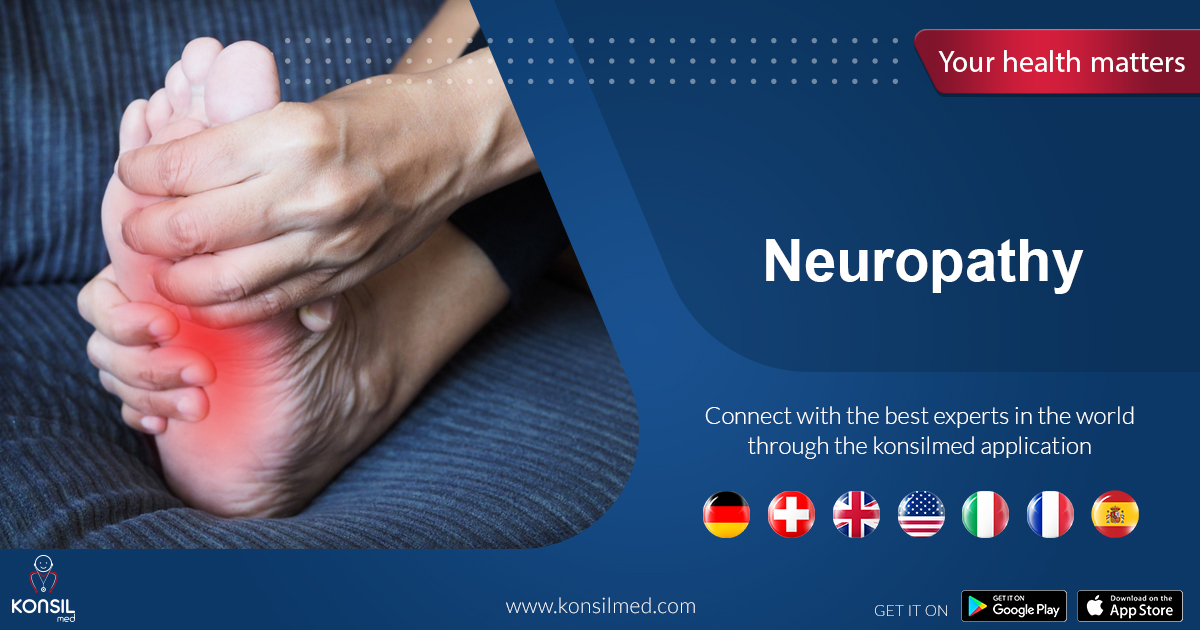

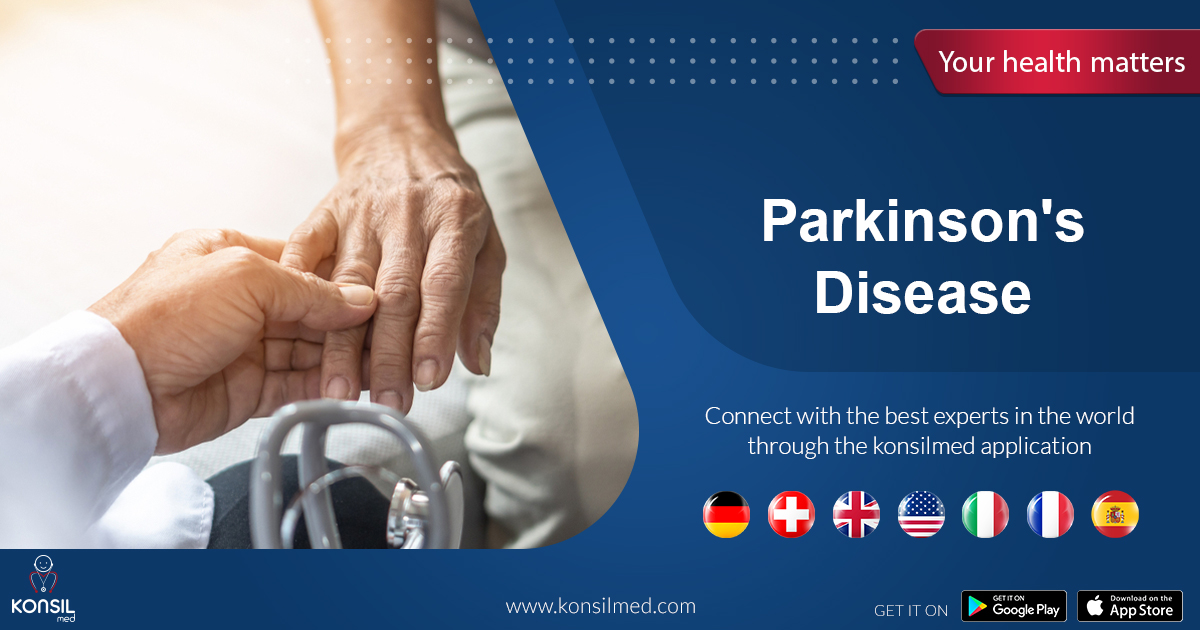
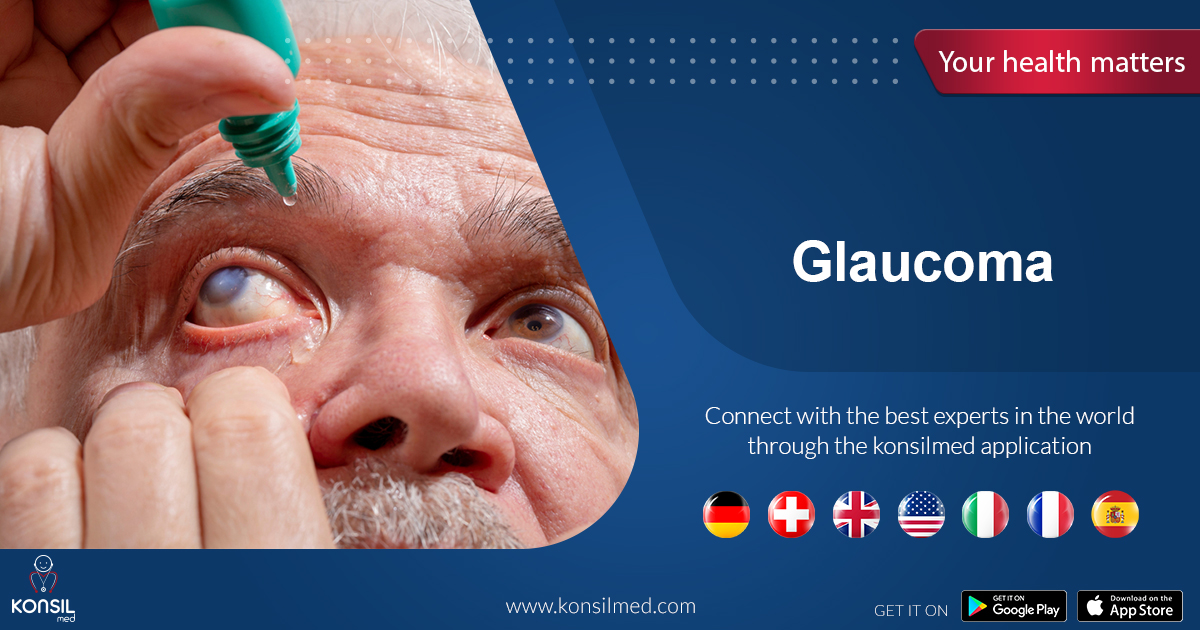

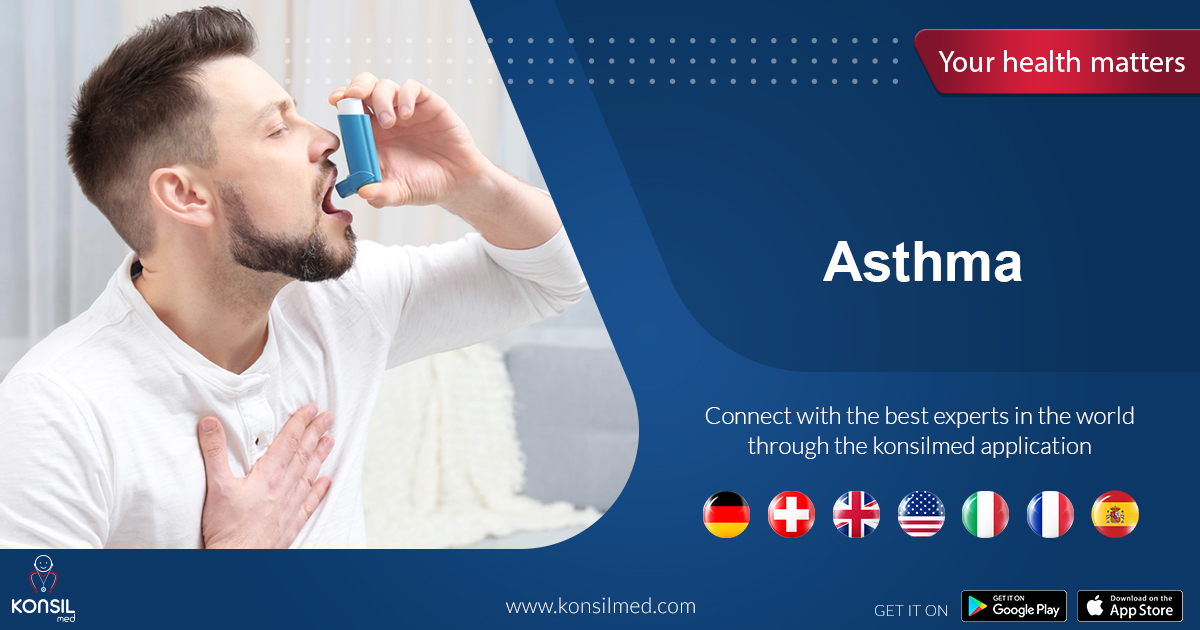

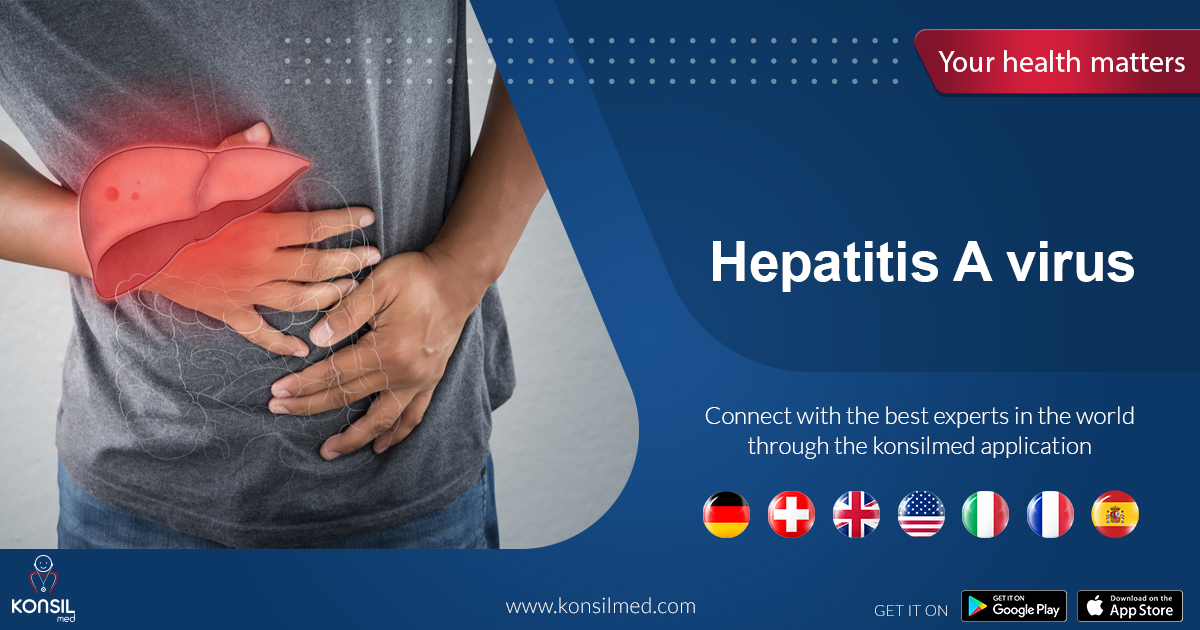
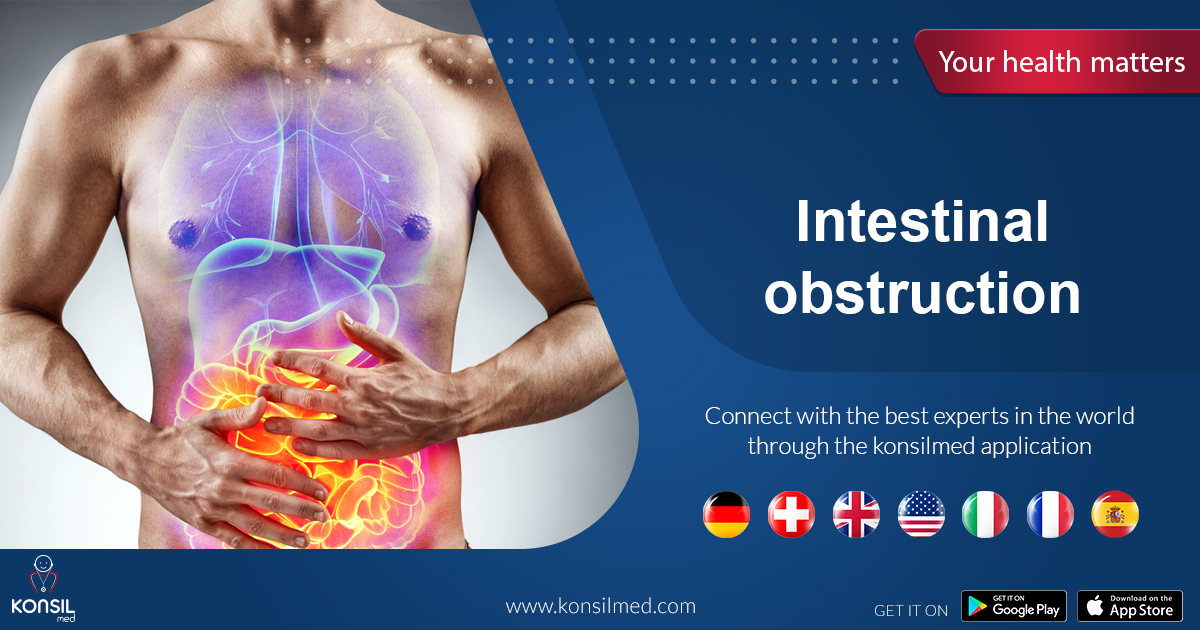
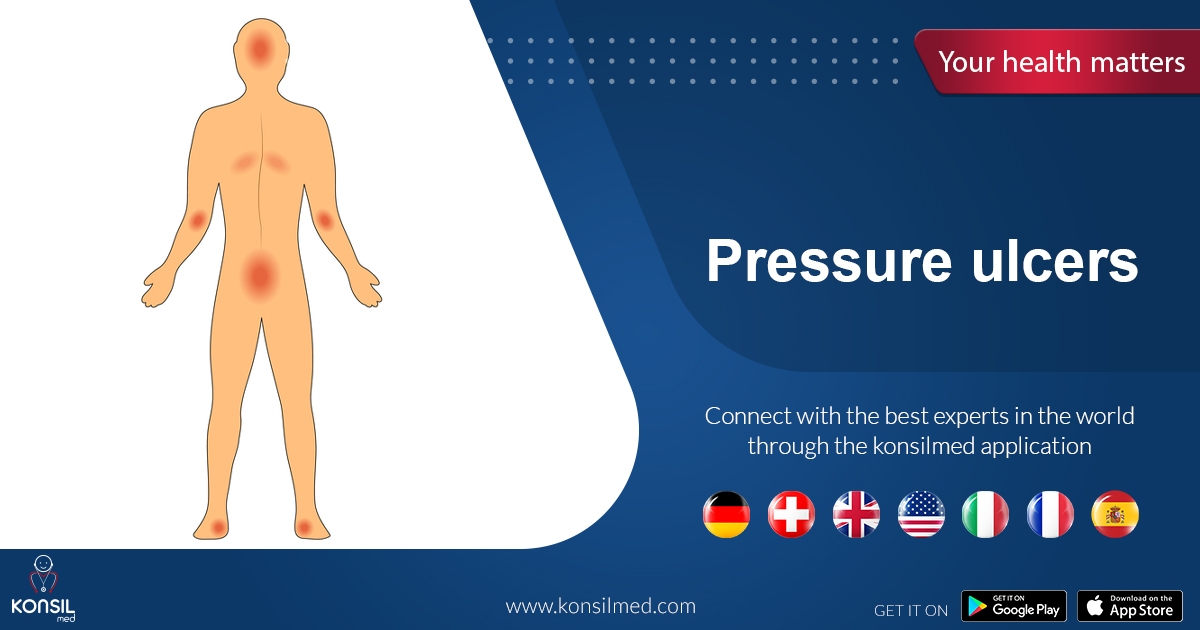
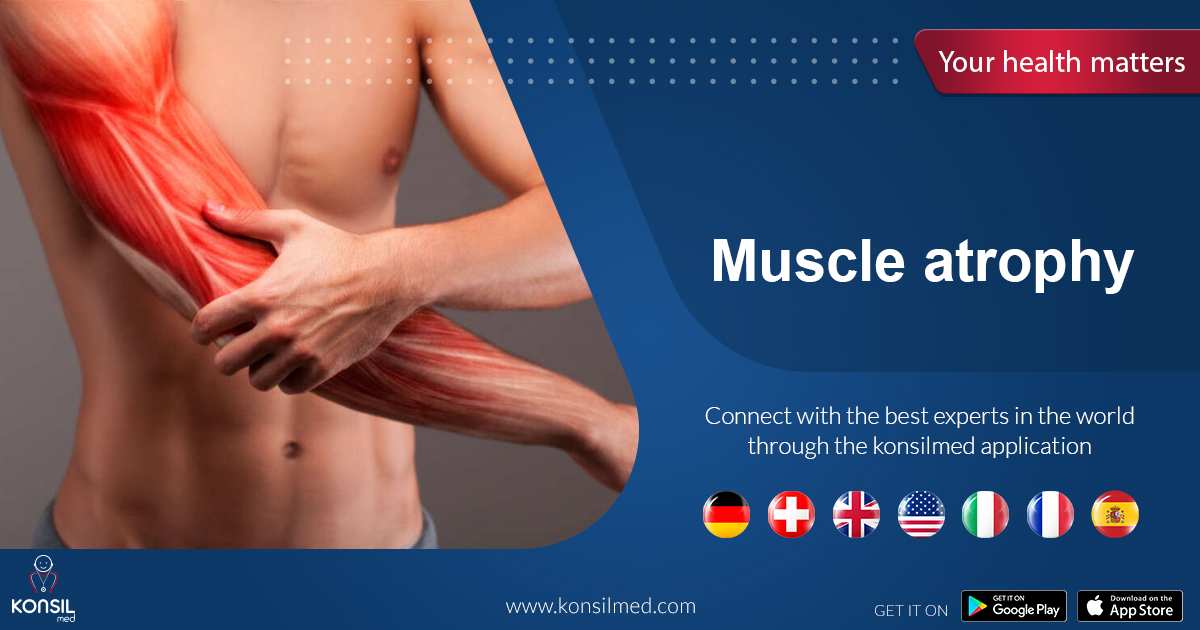
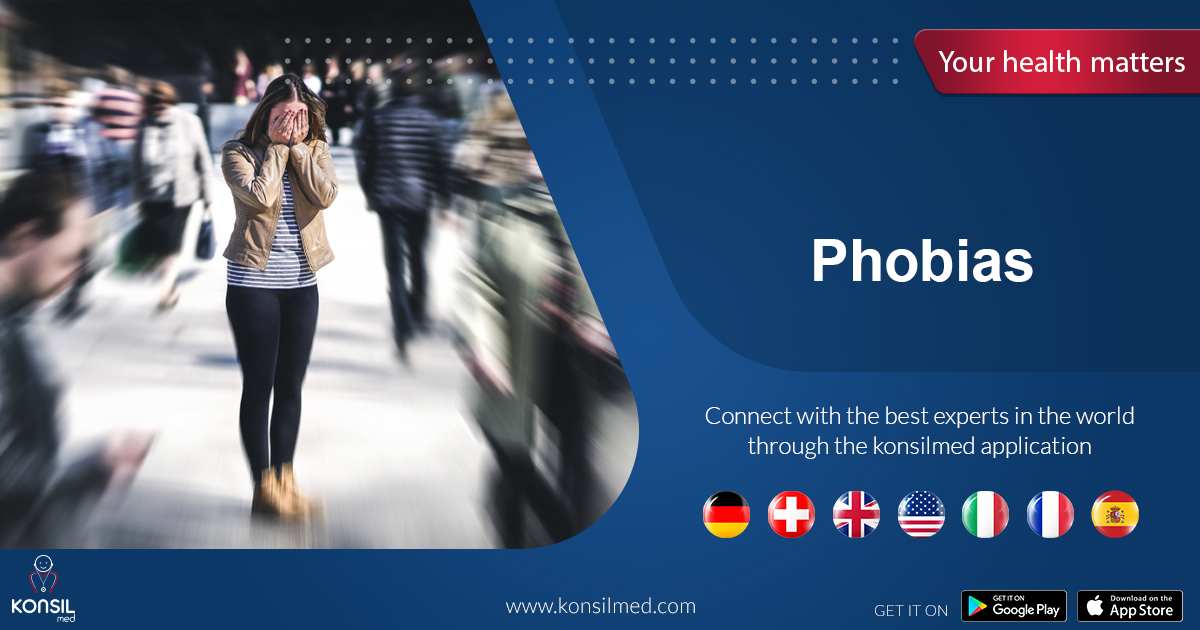
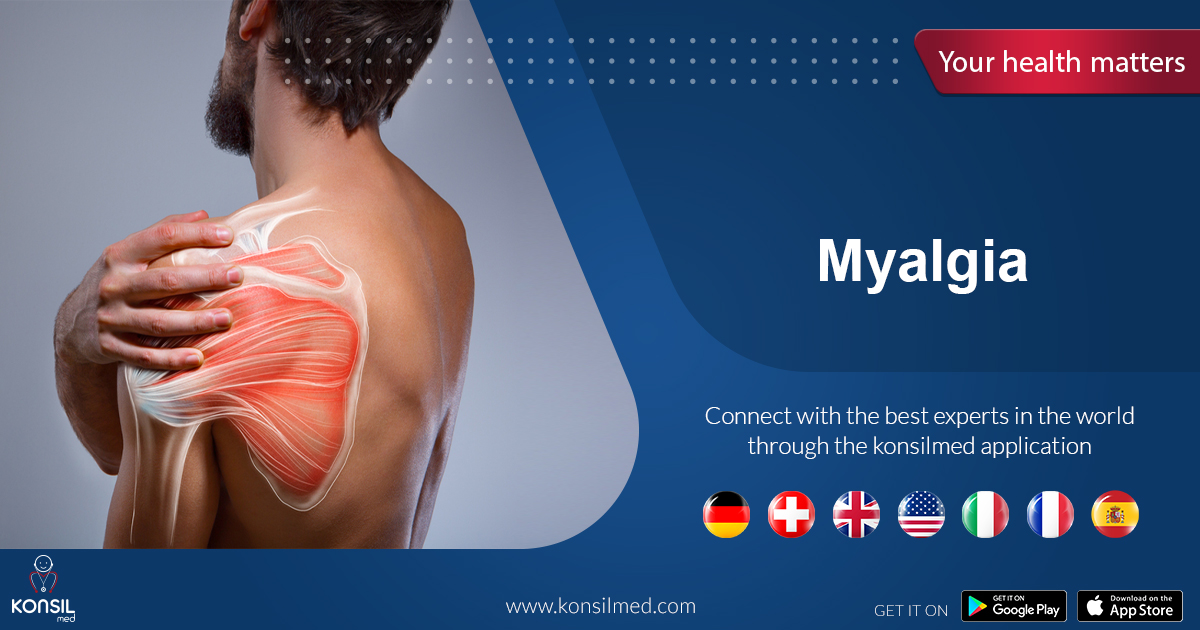
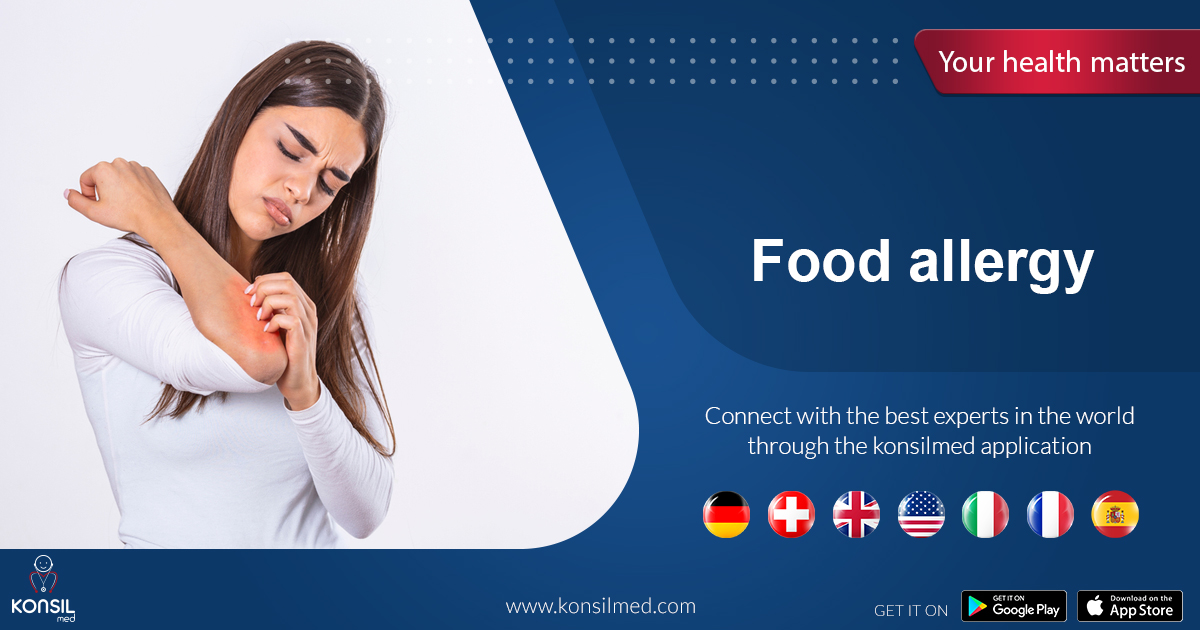






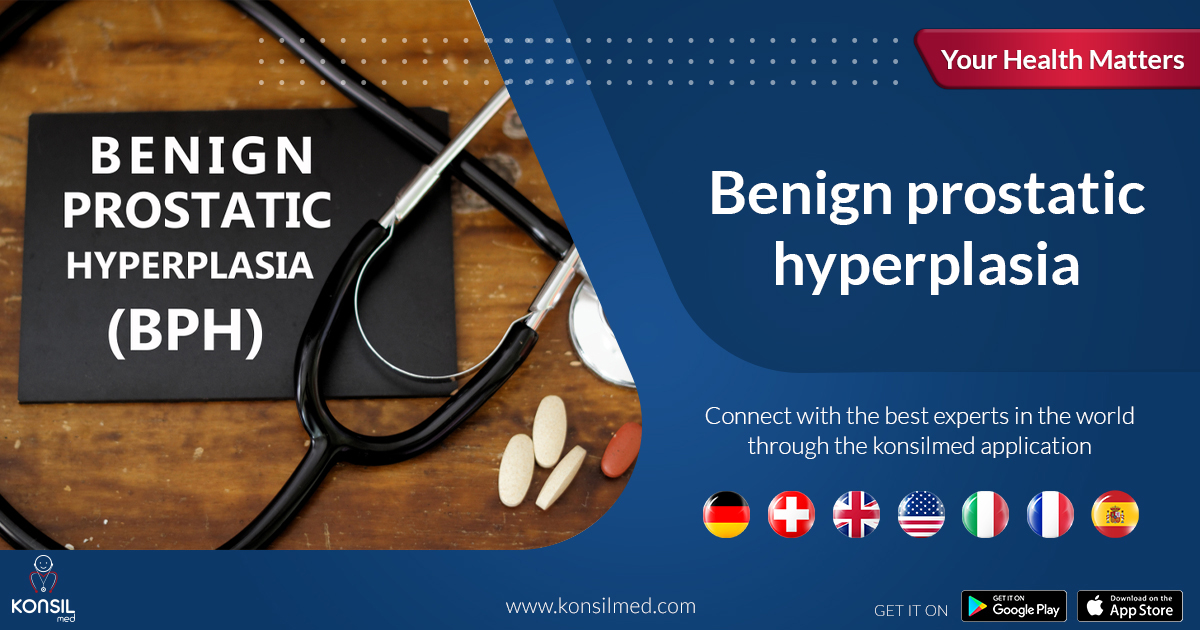


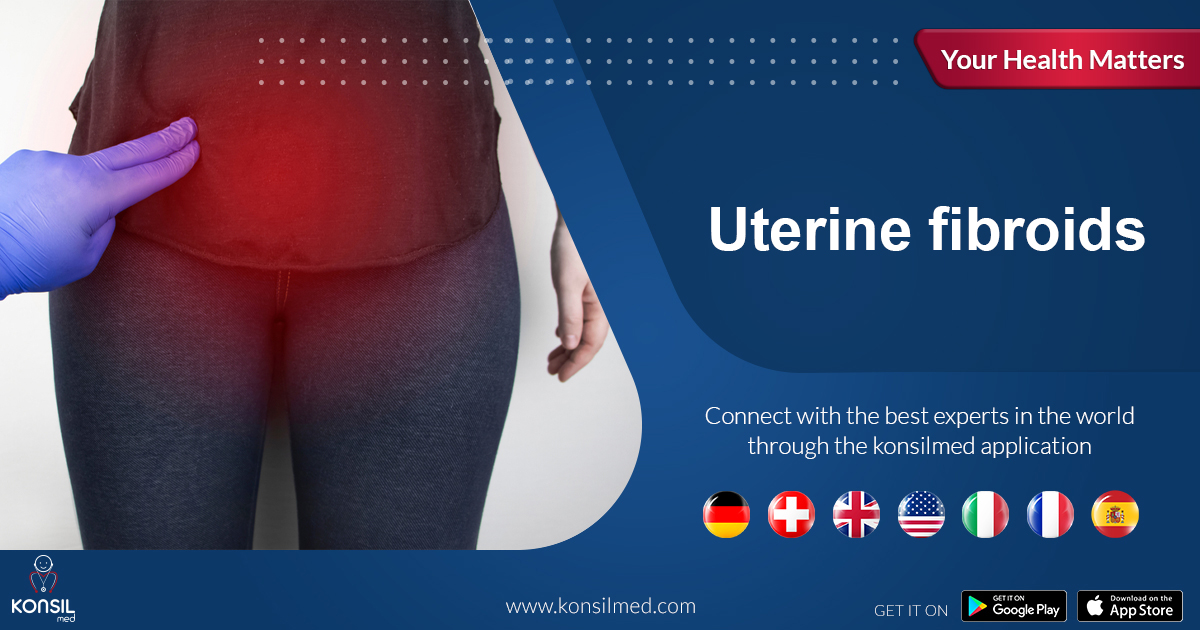


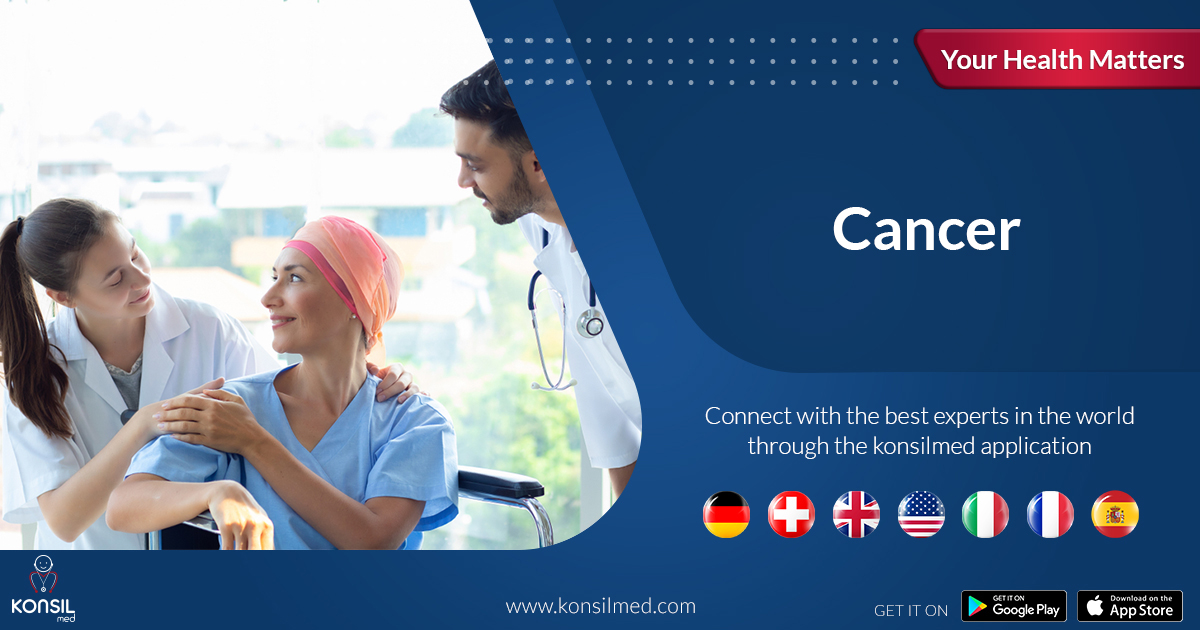
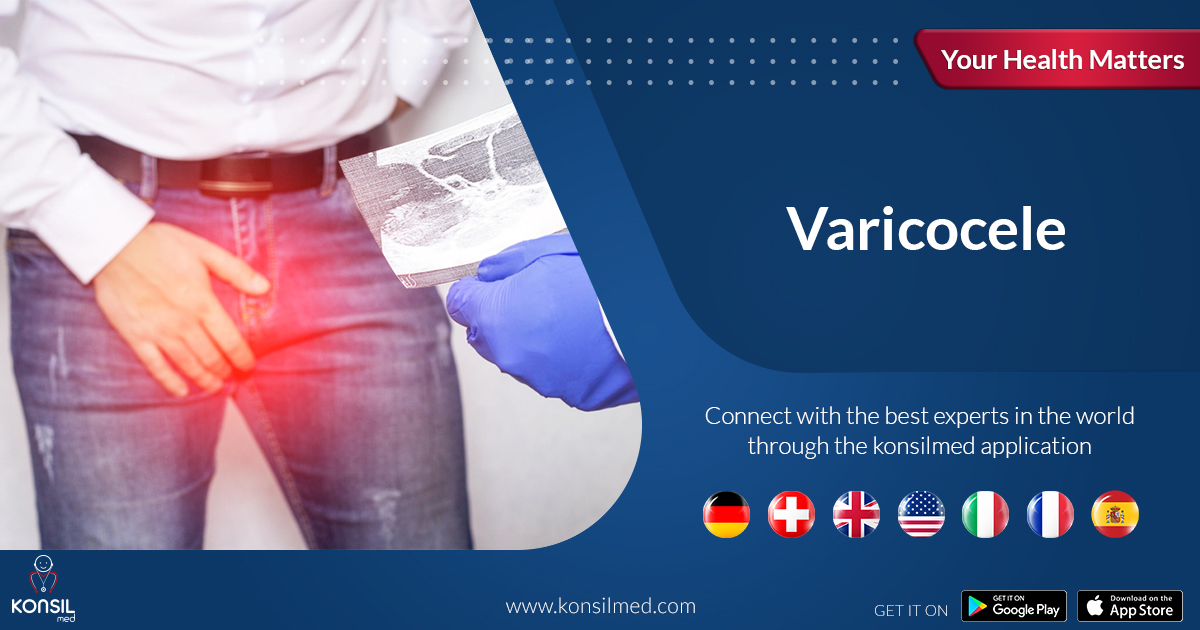
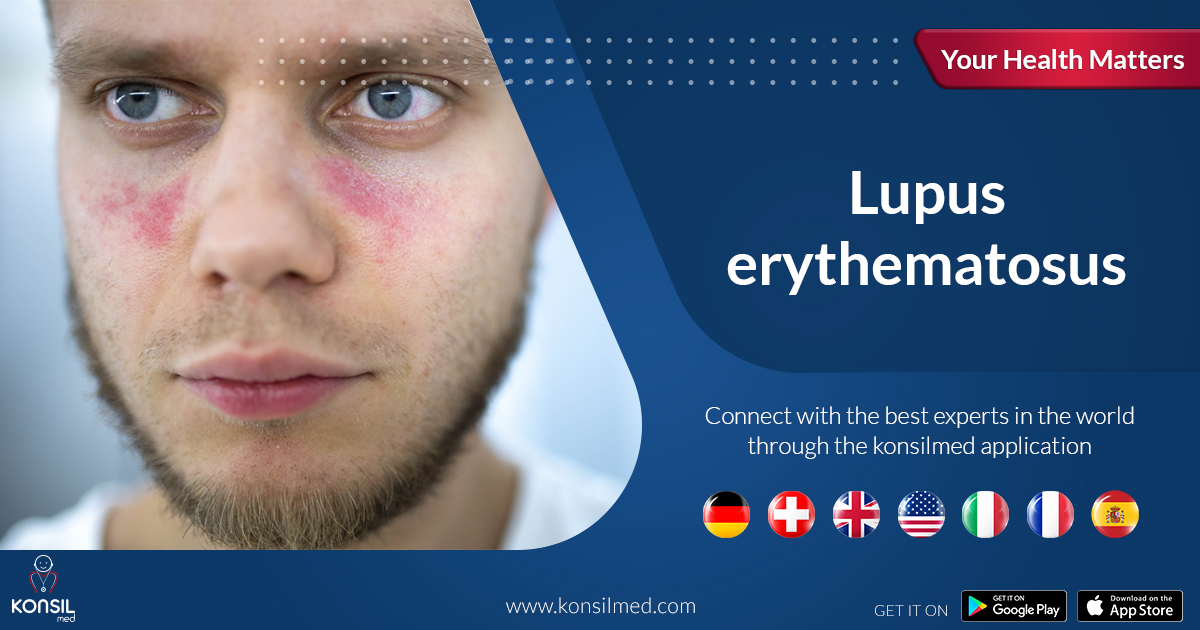


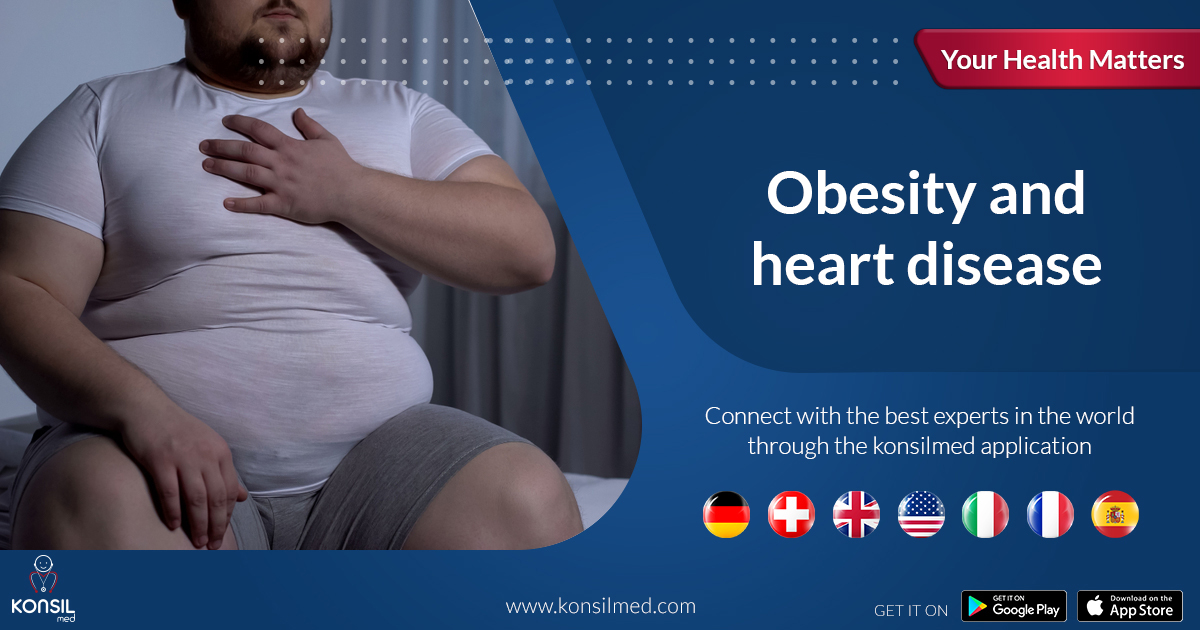
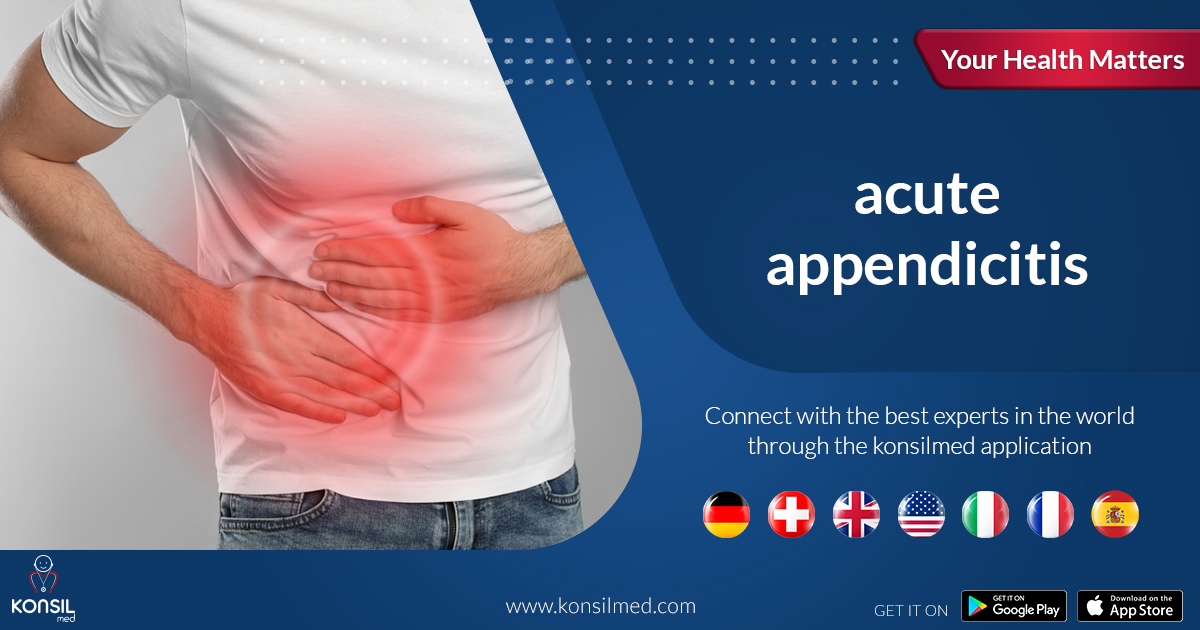

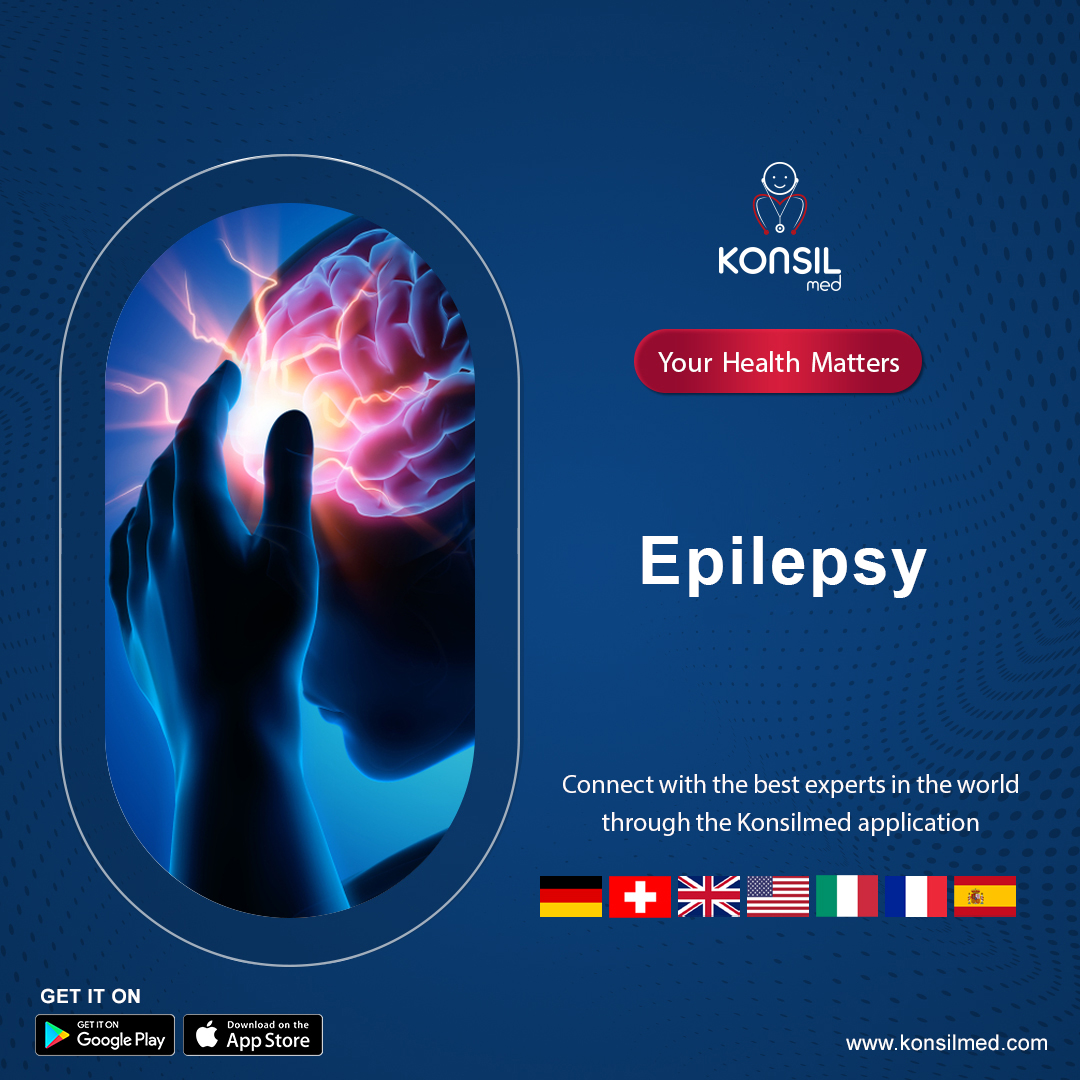
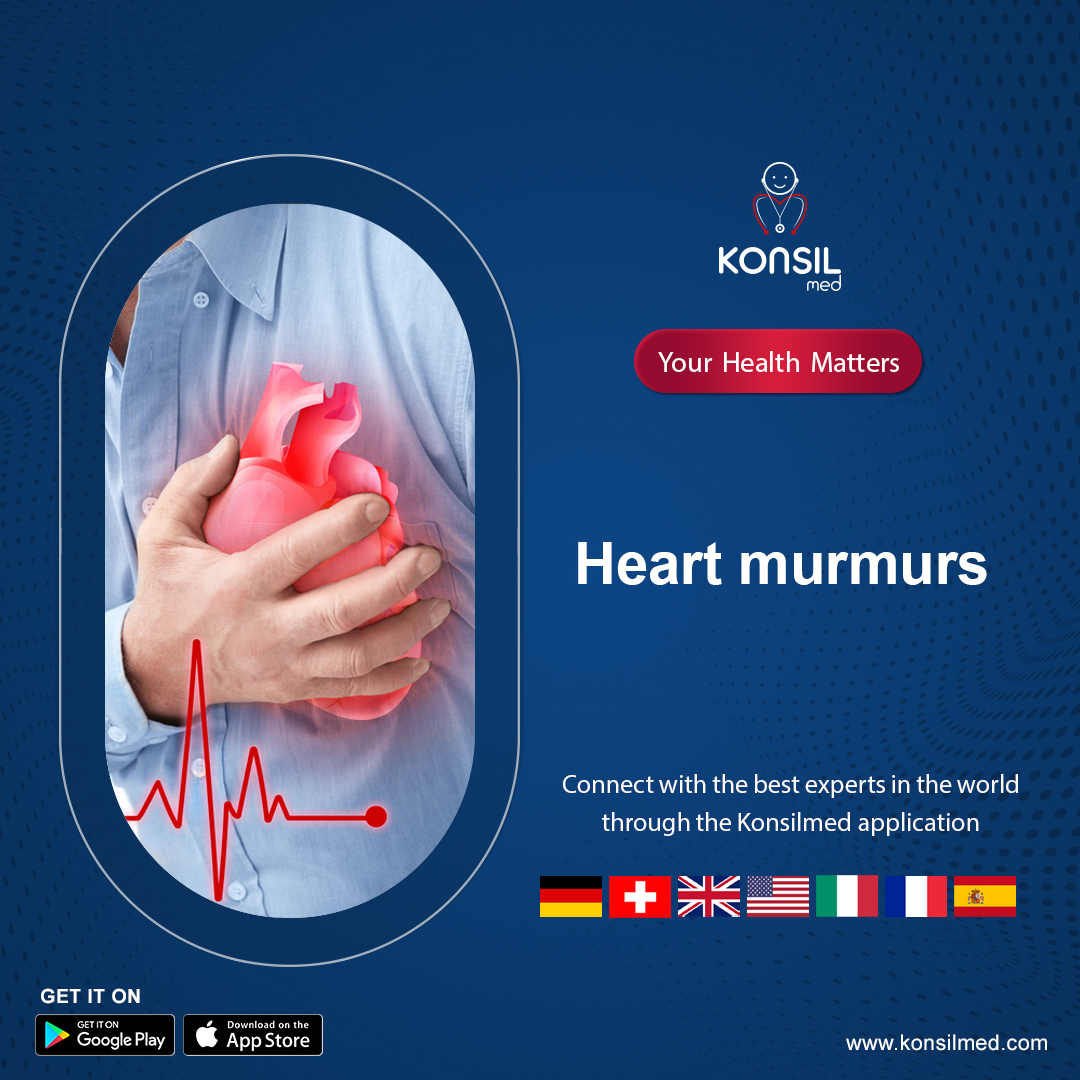

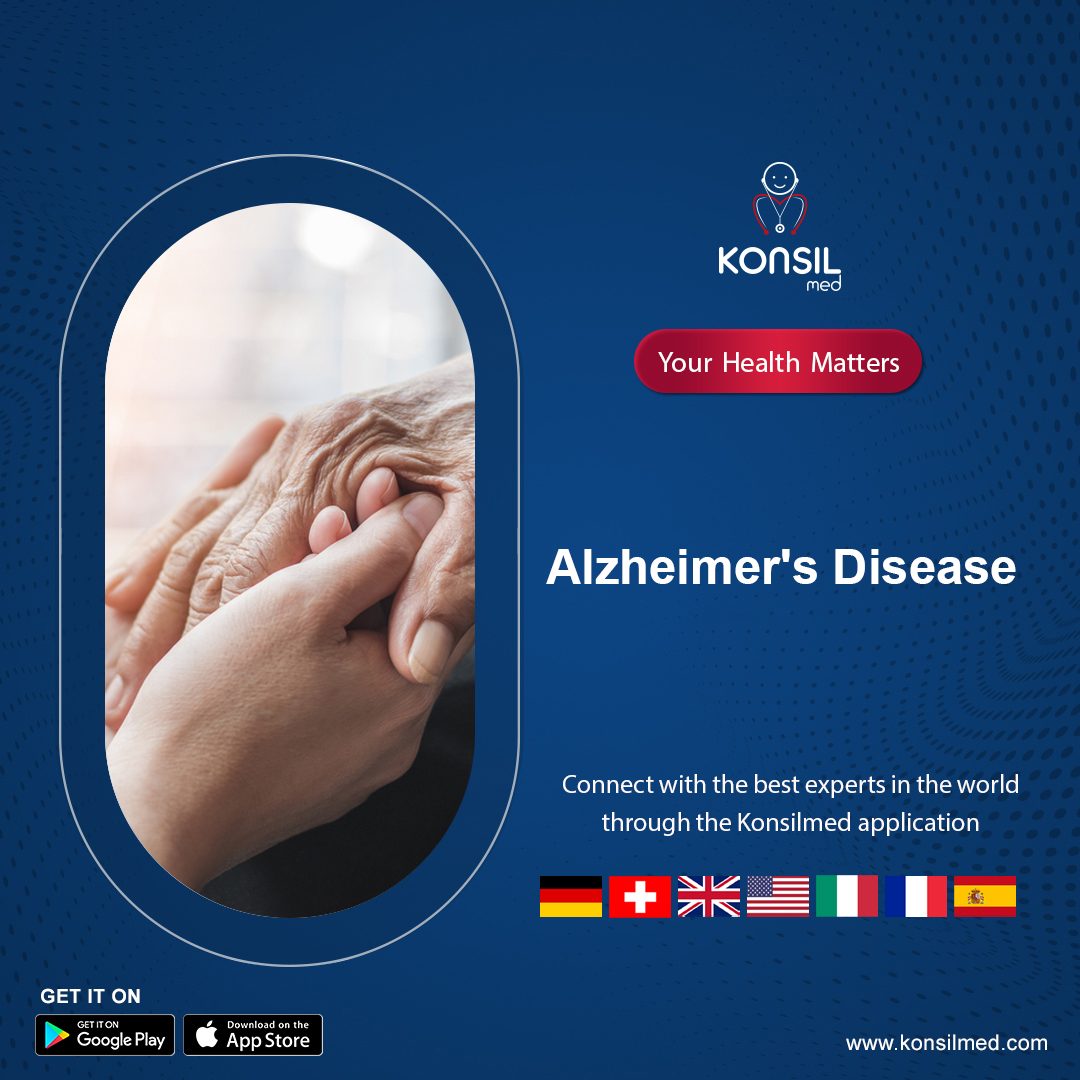

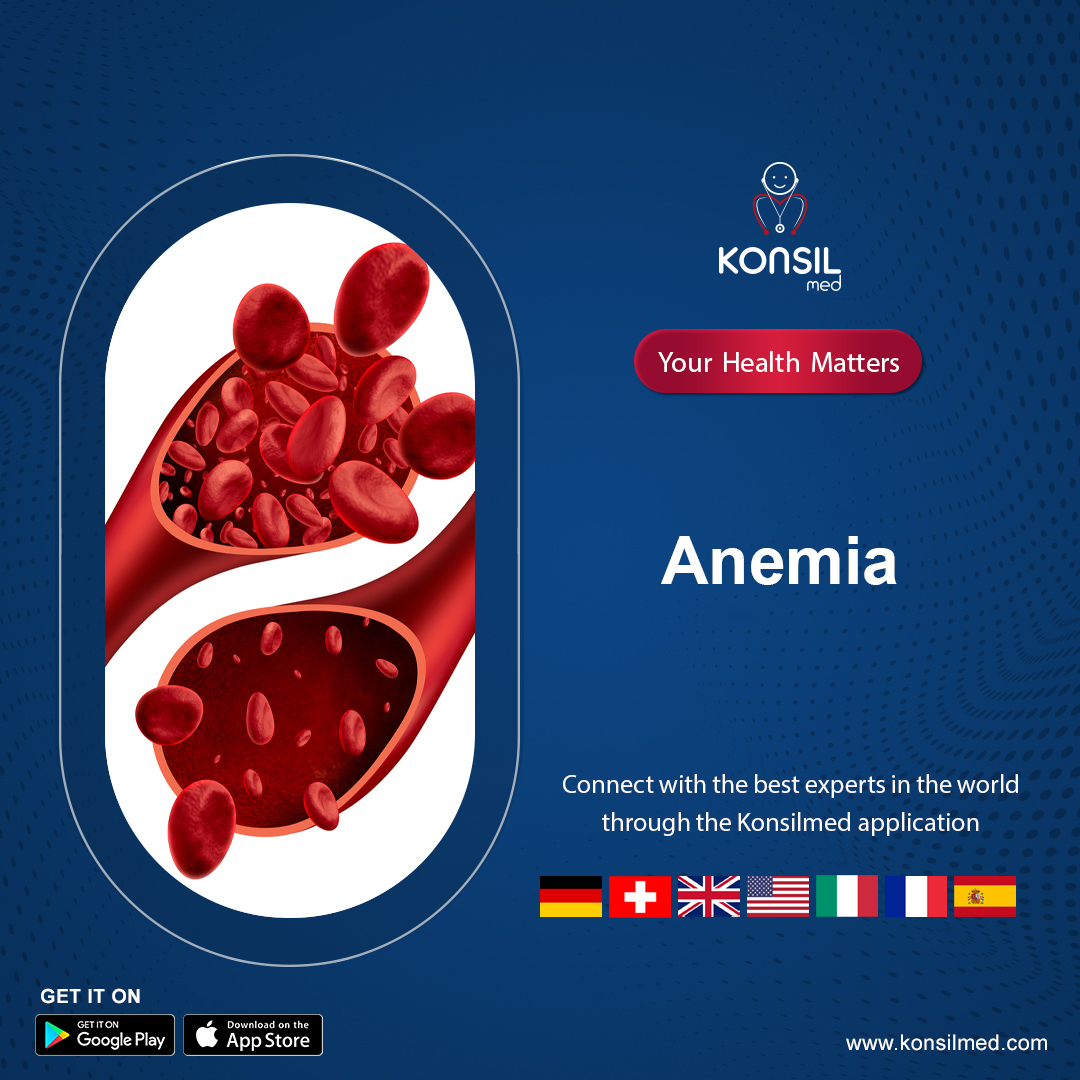
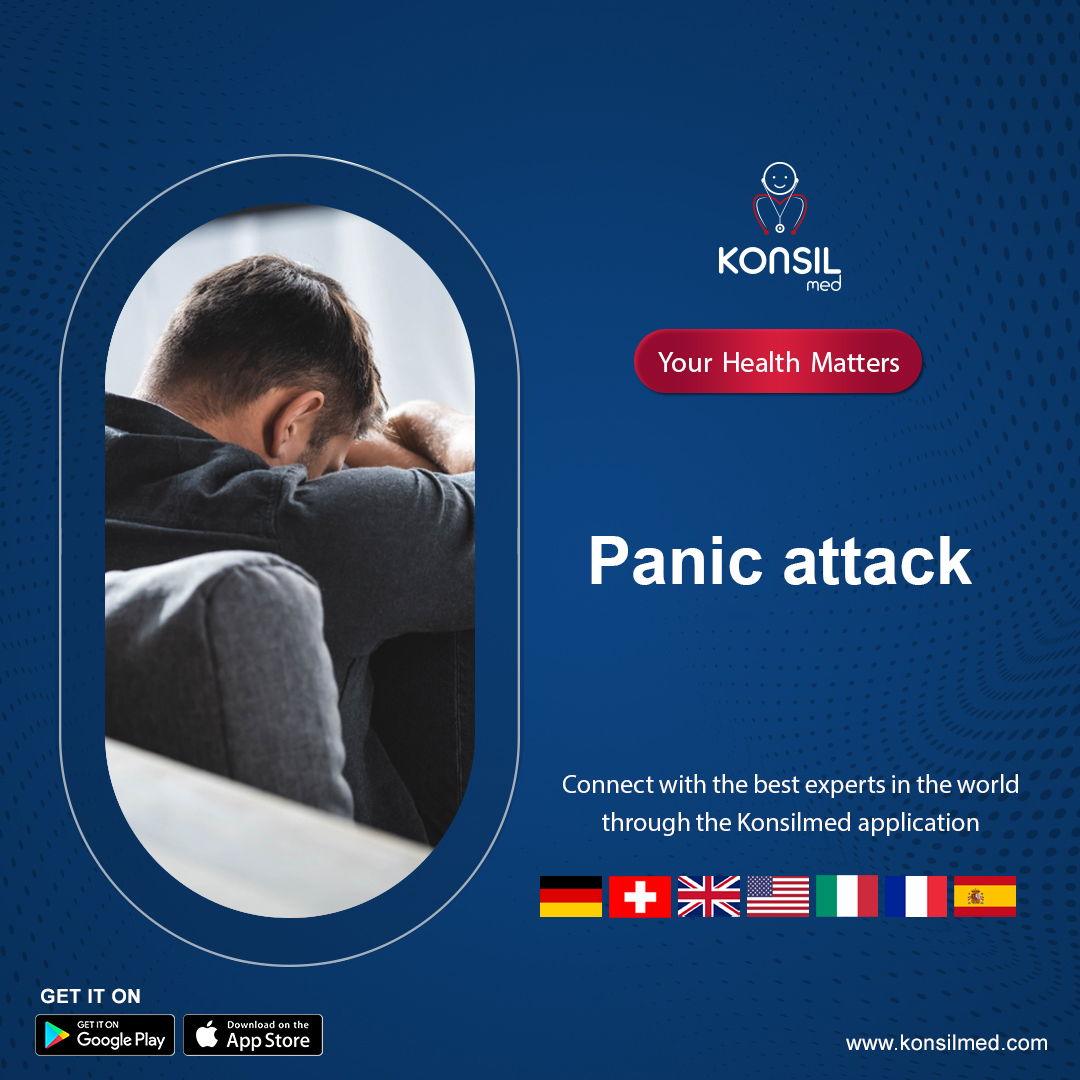
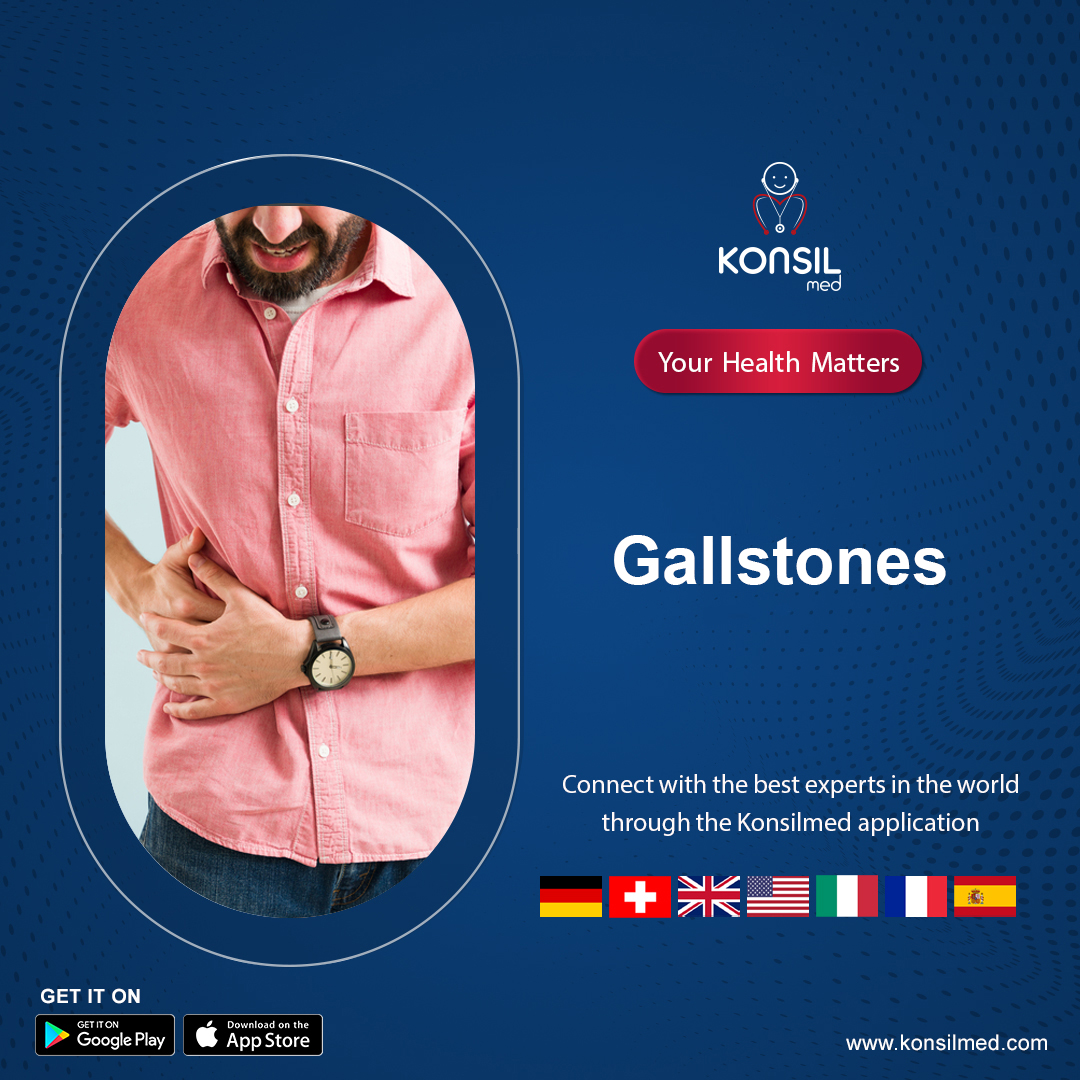
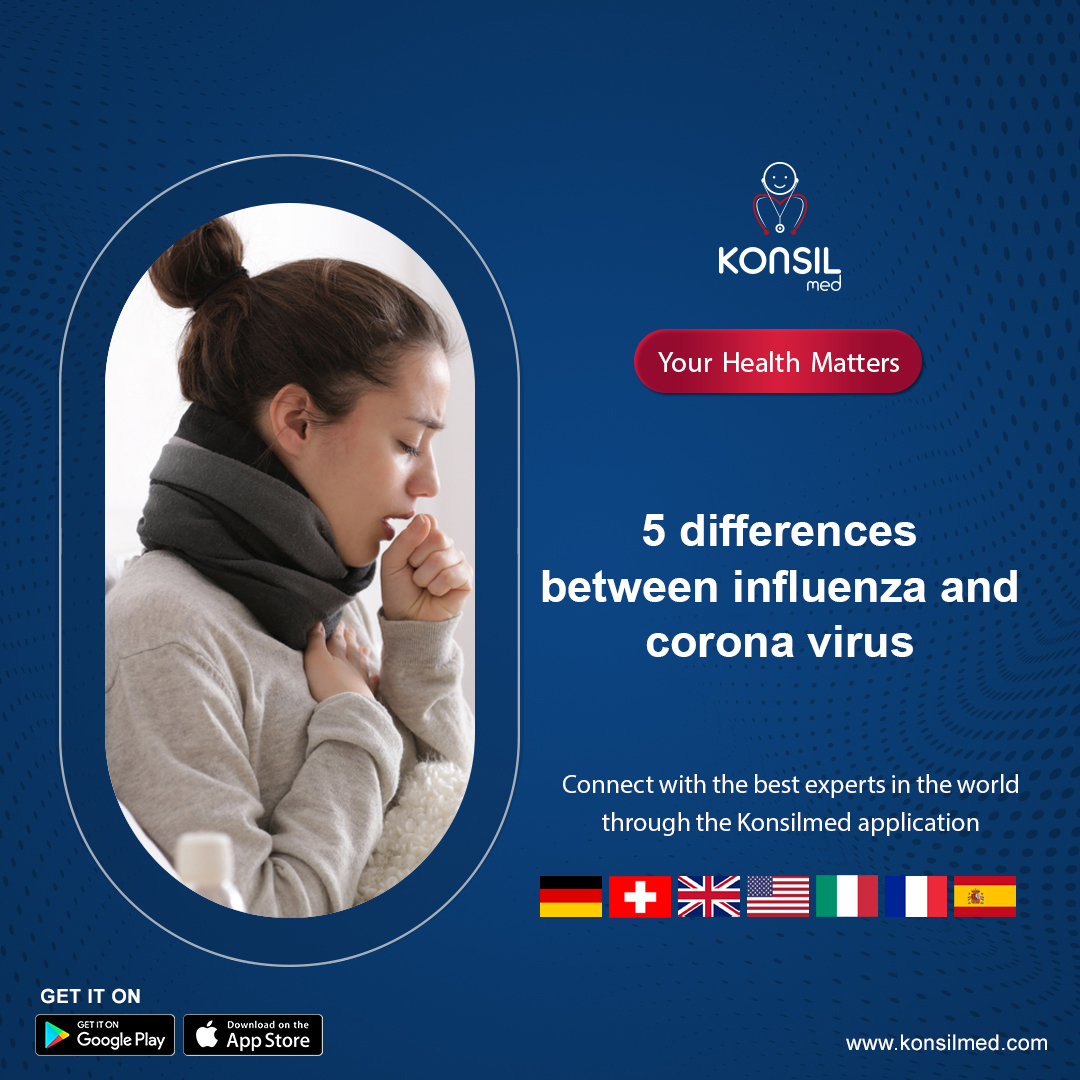


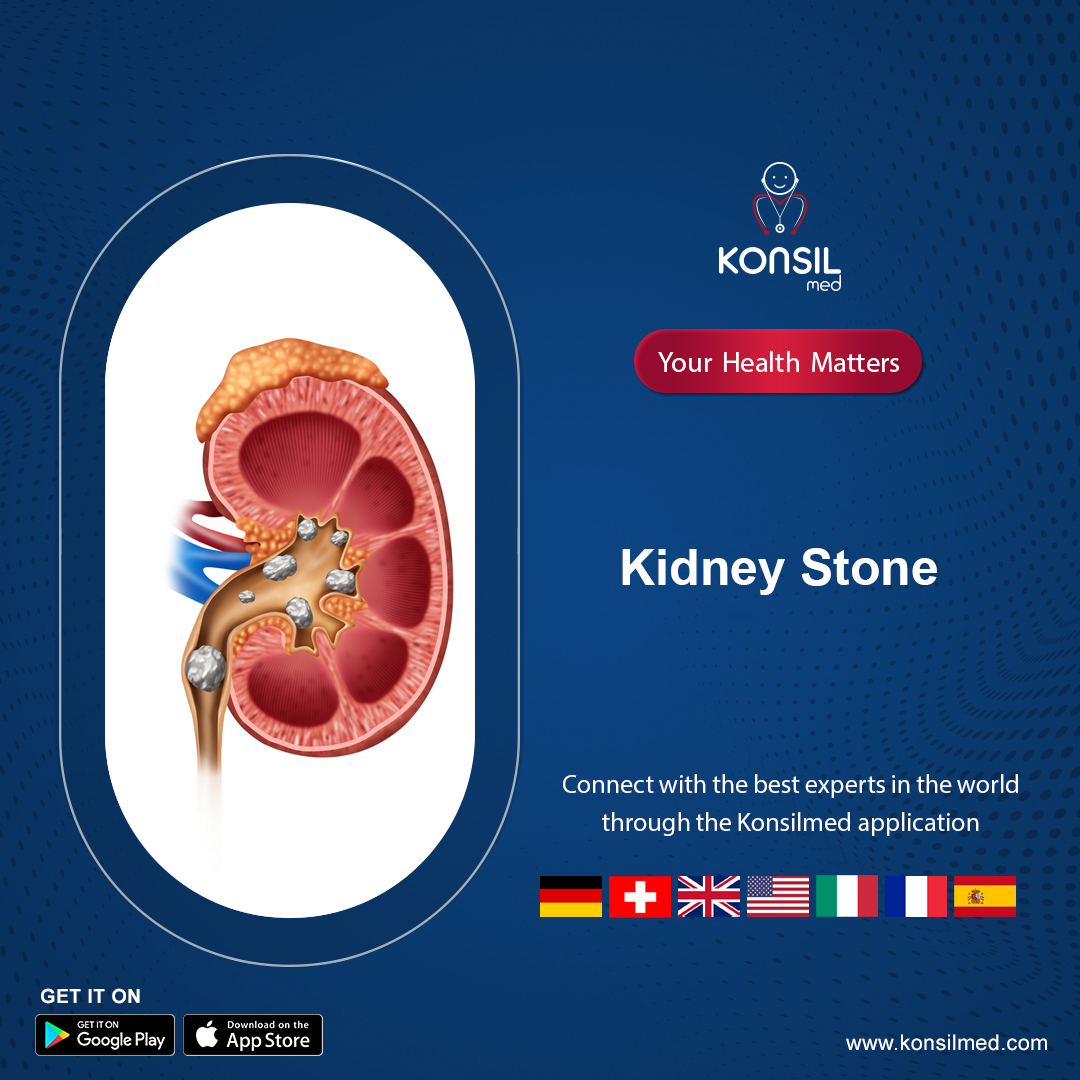
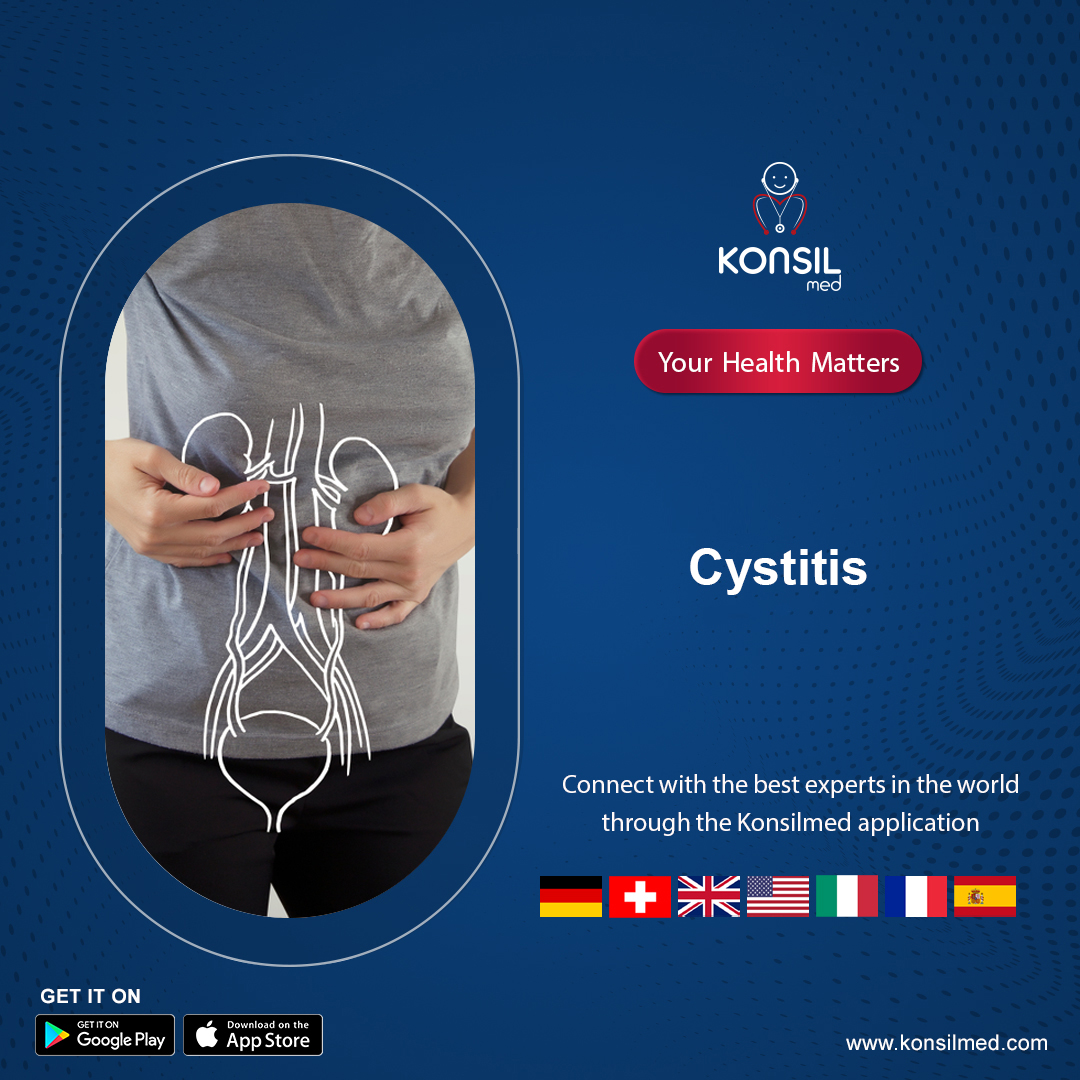


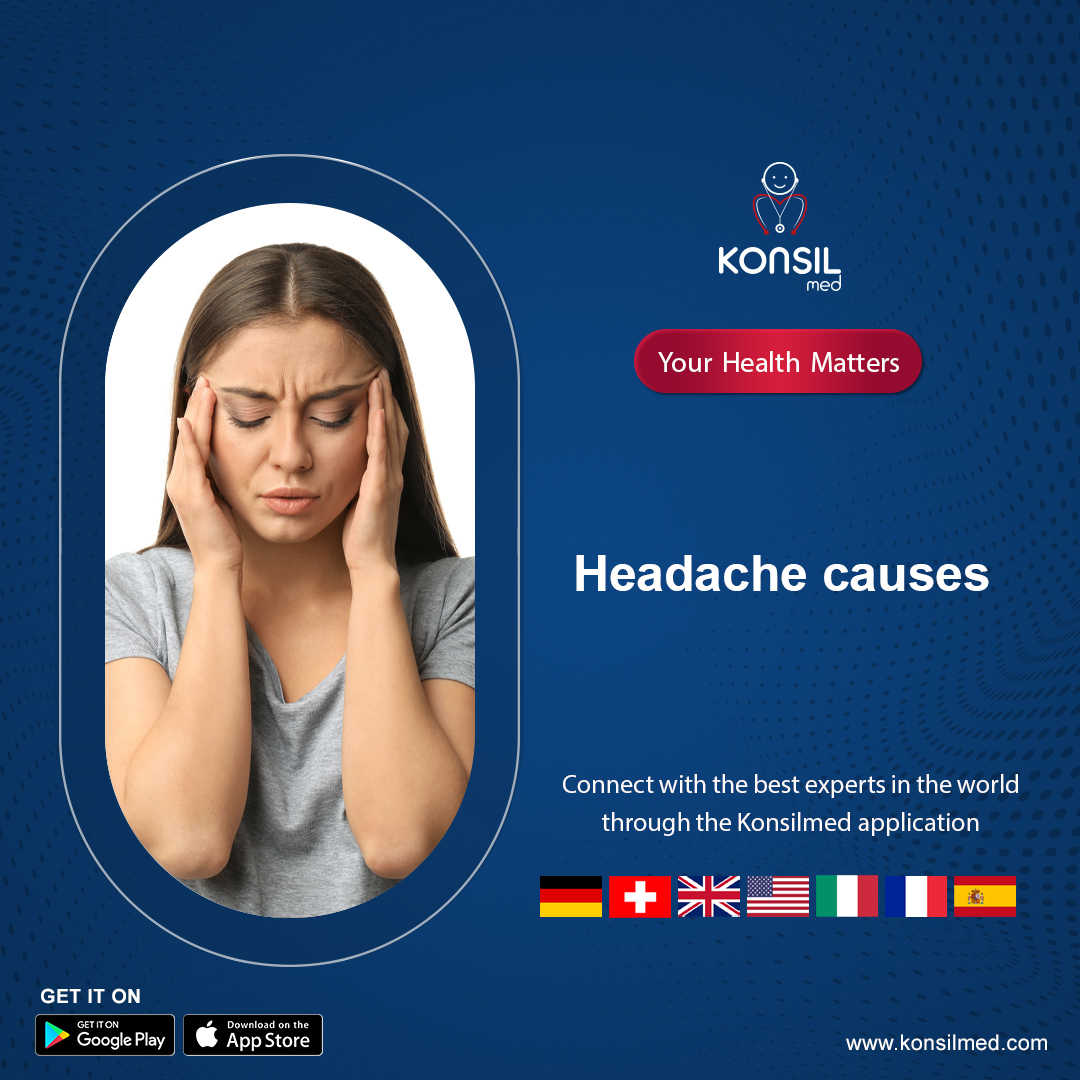
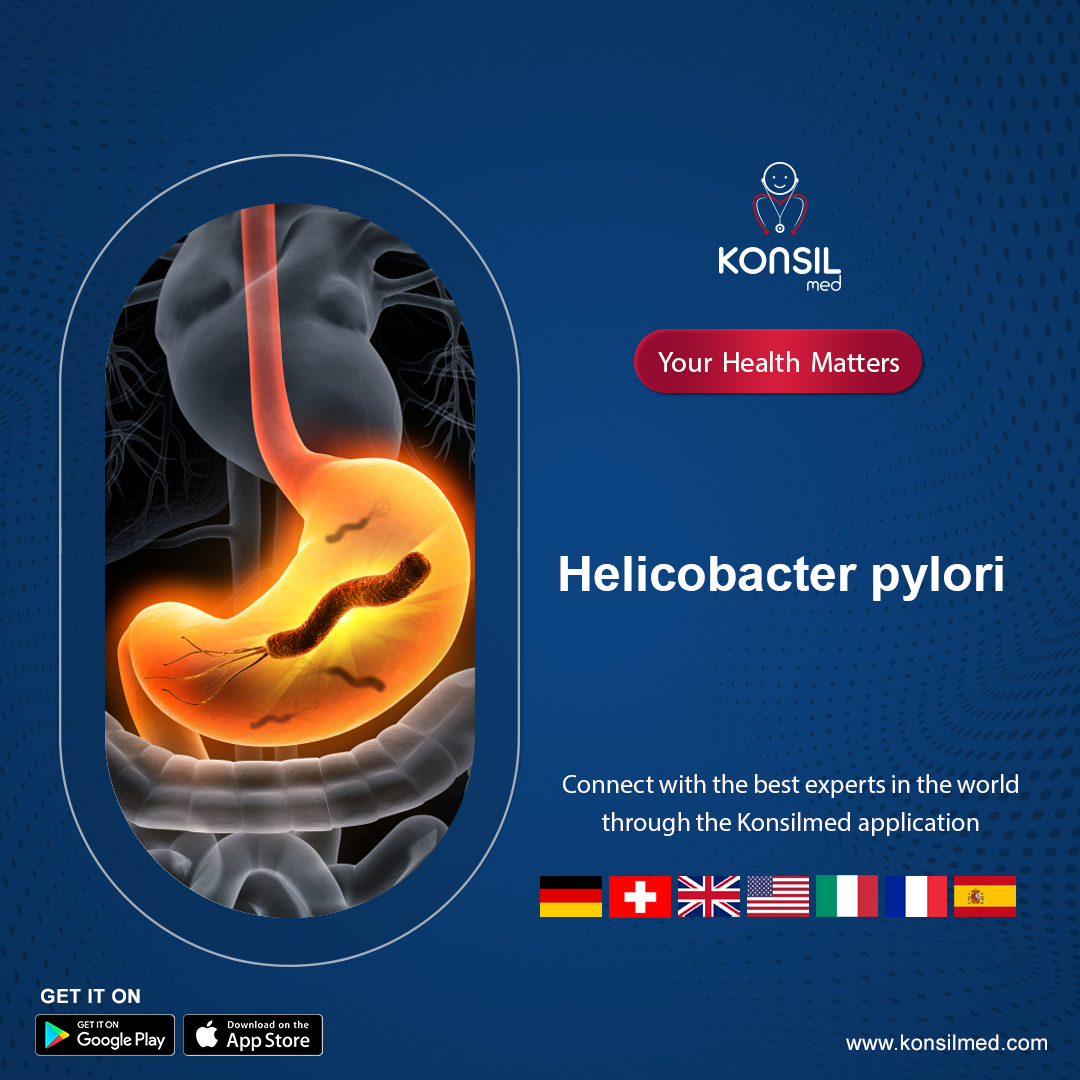




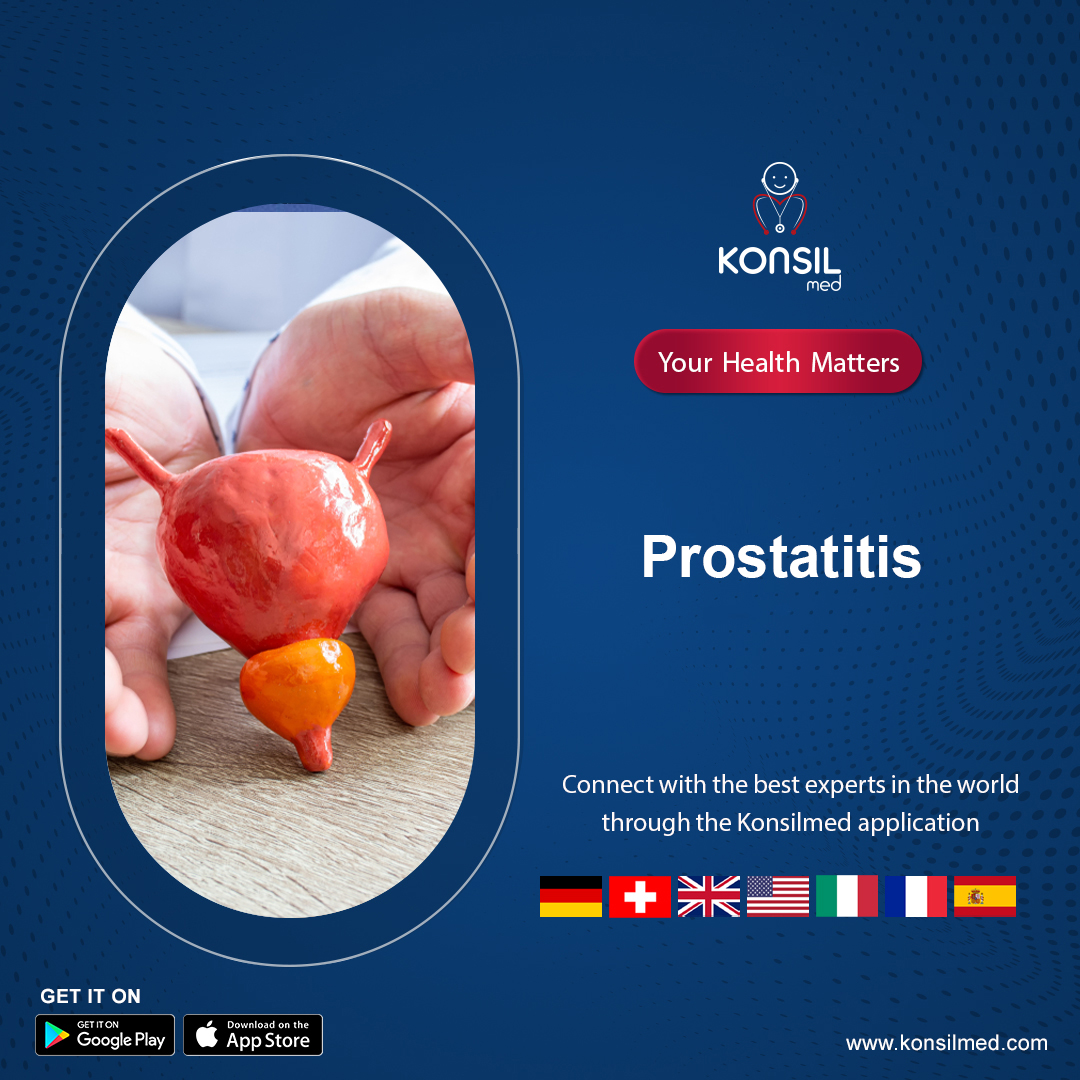
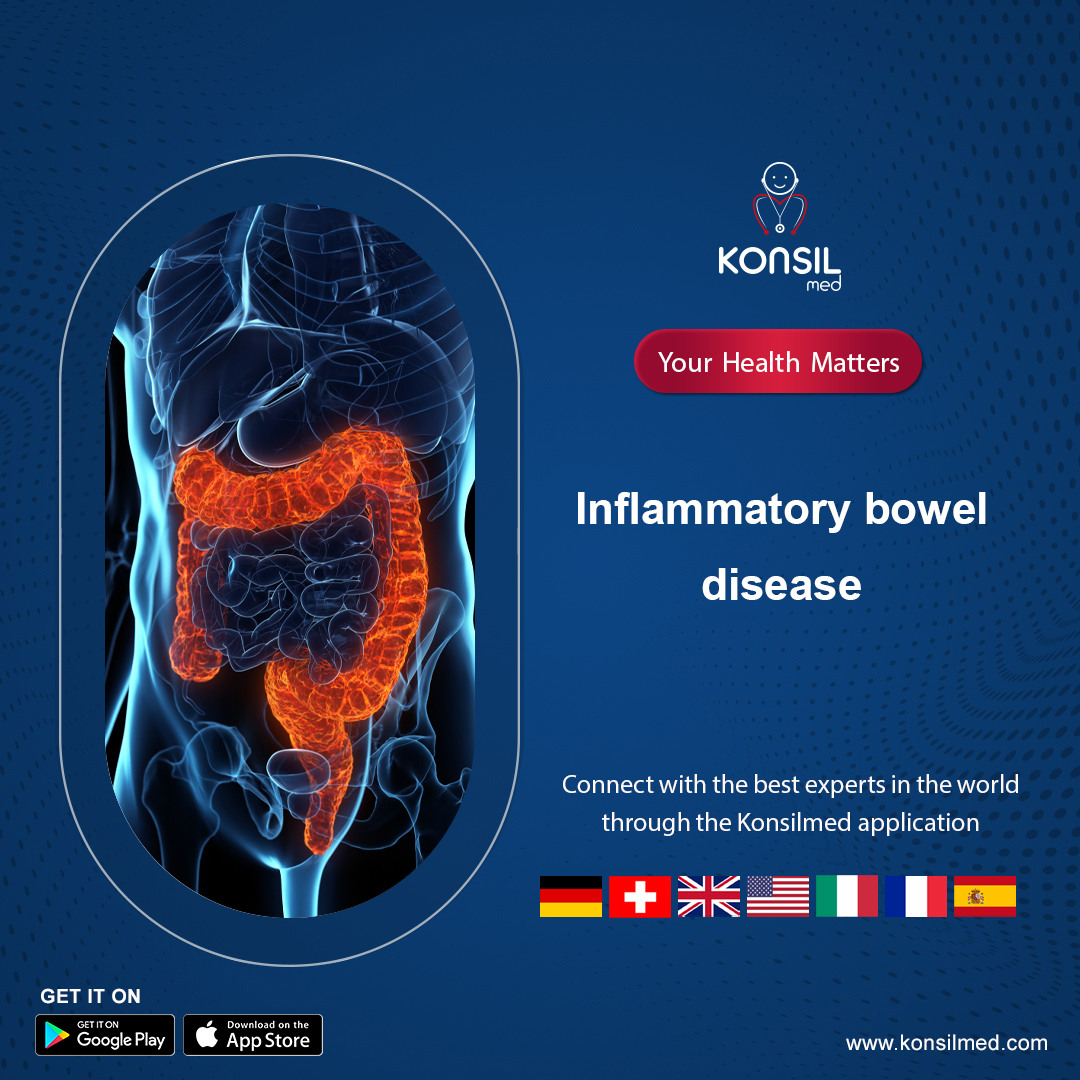
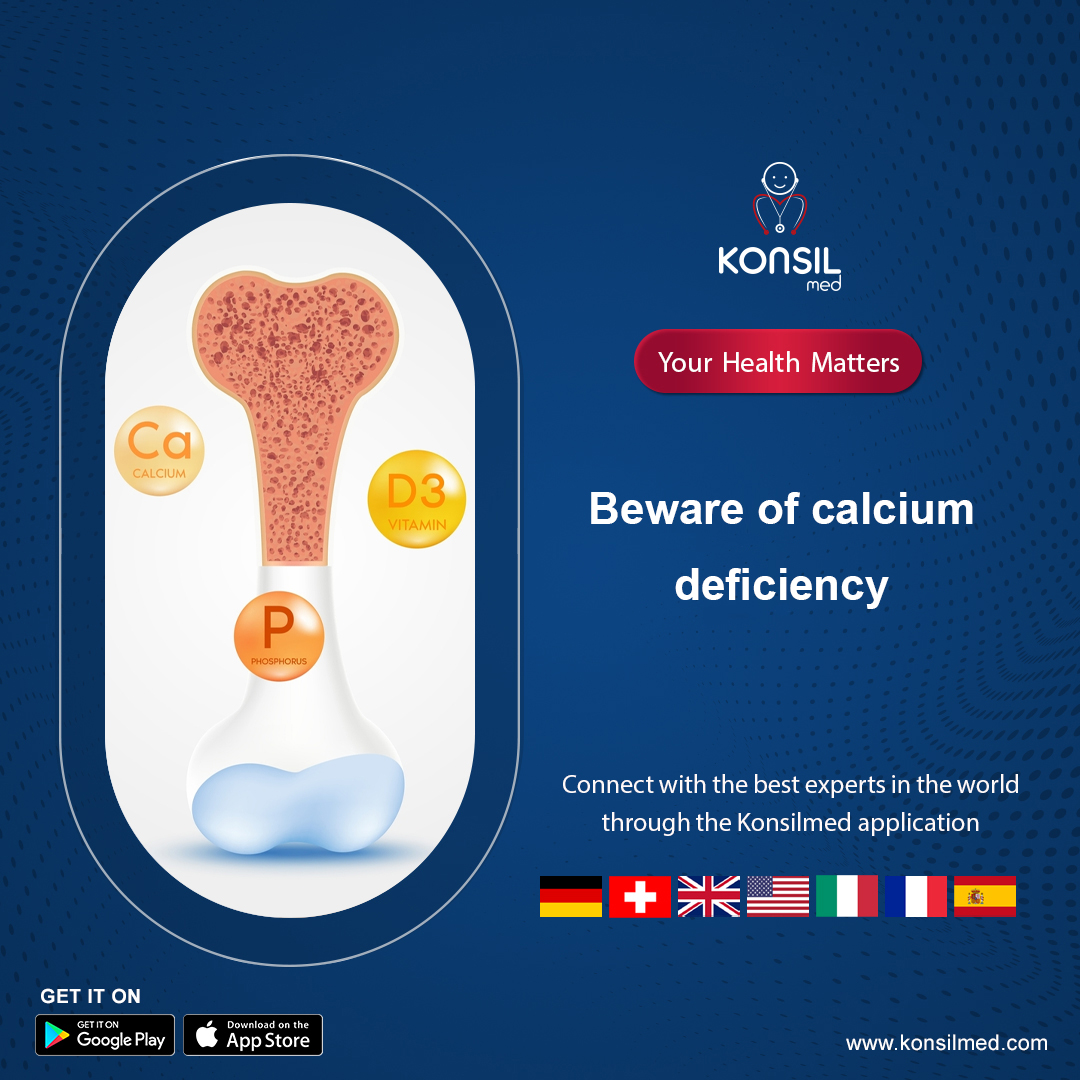
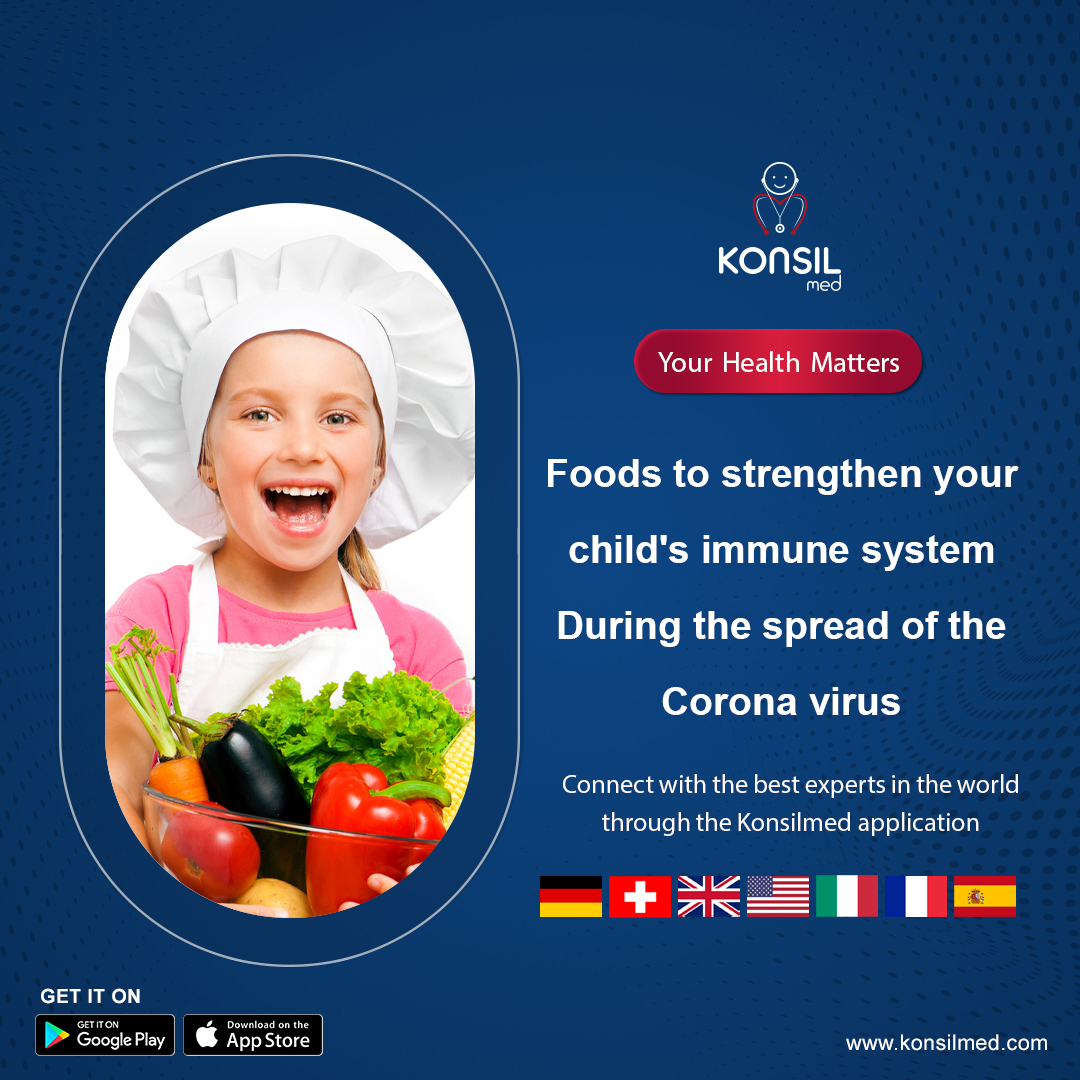
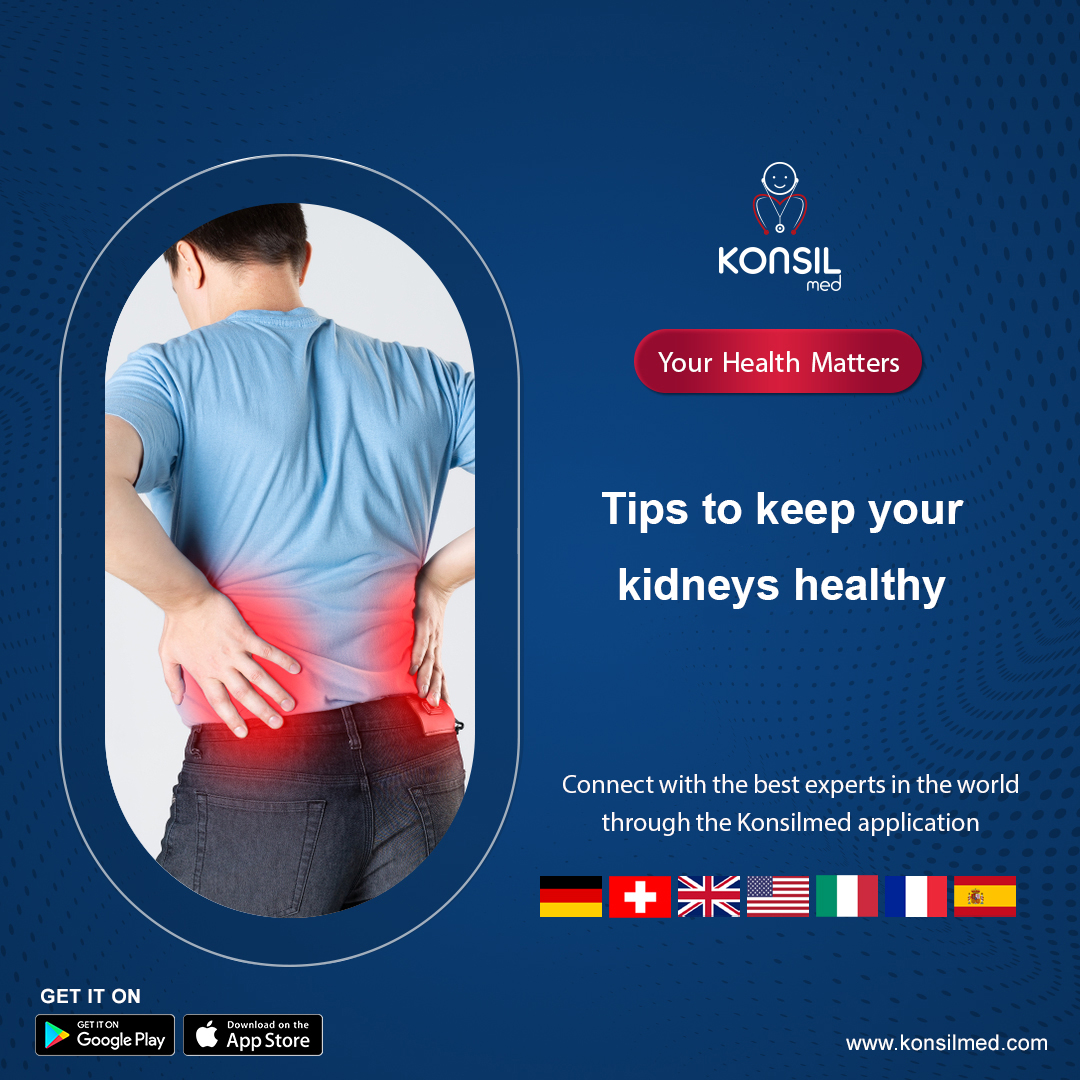
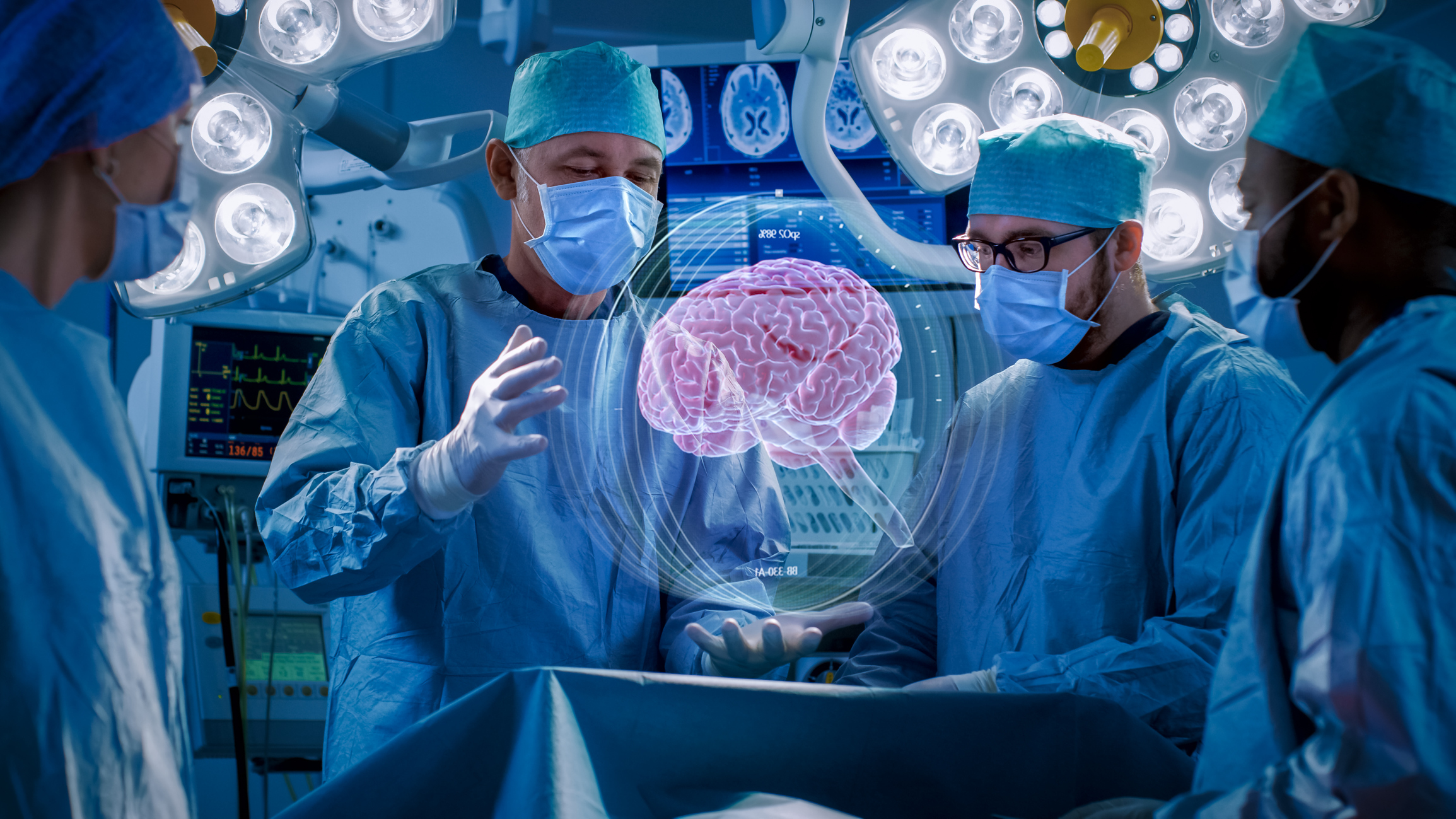

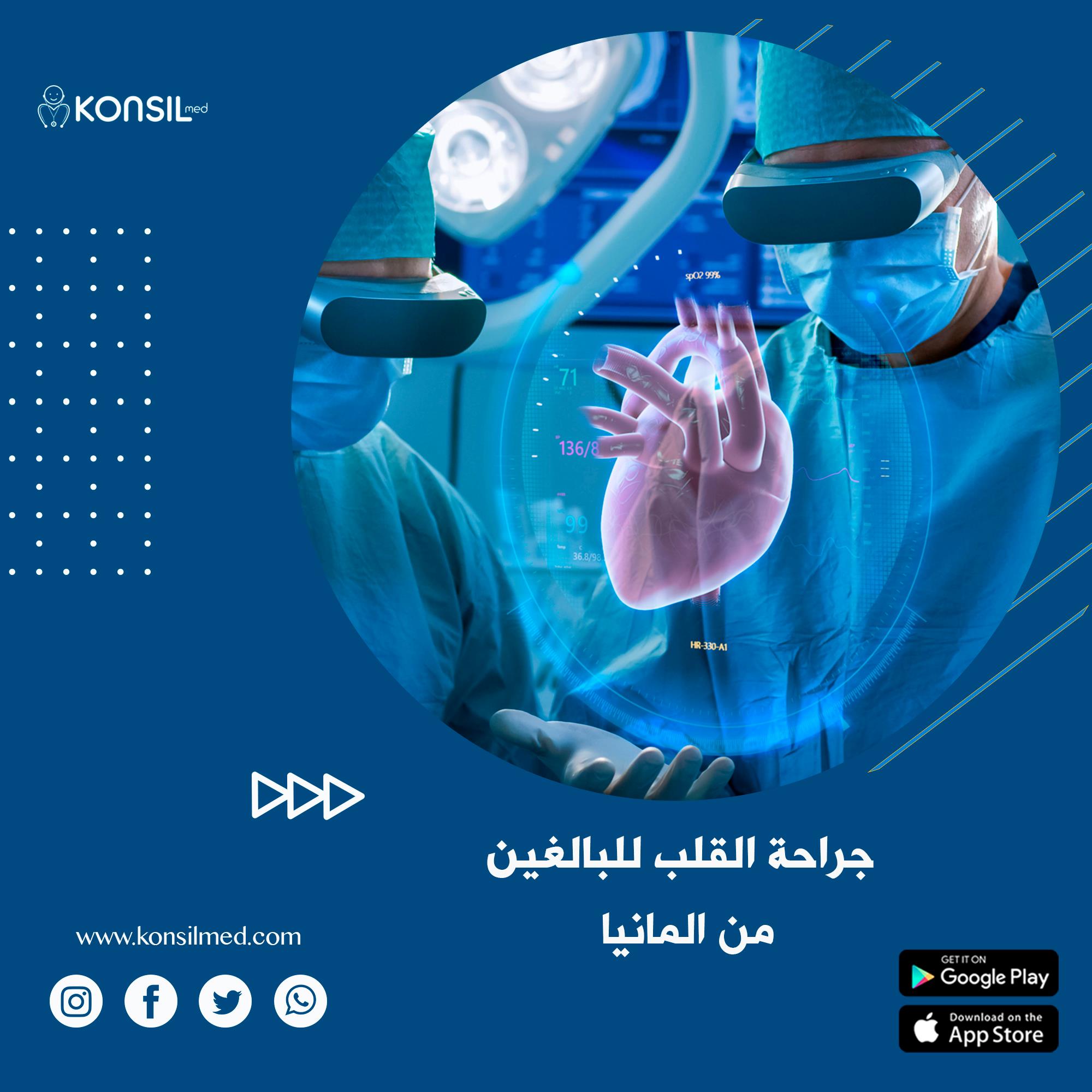
.jpg)
.jpg)